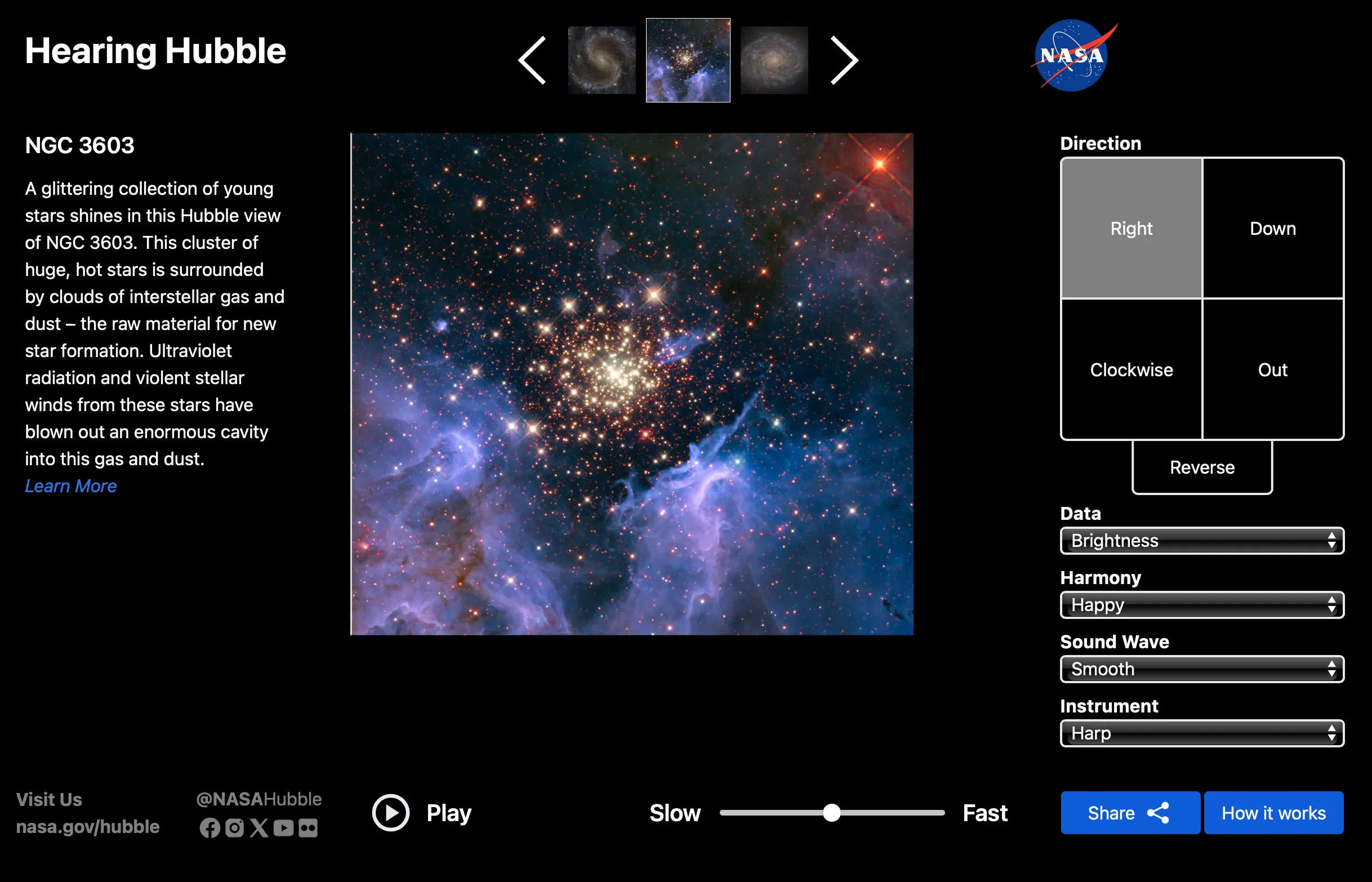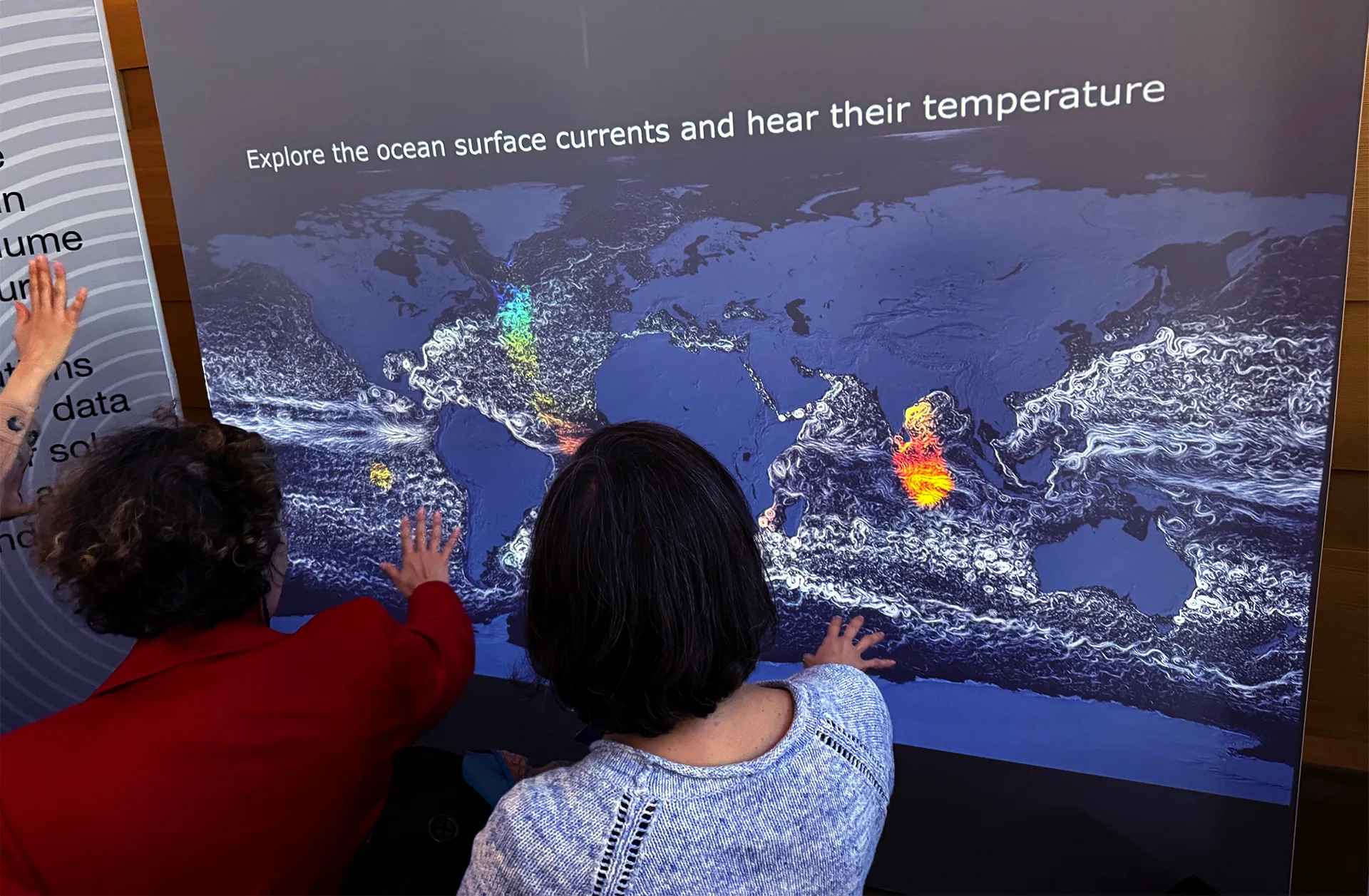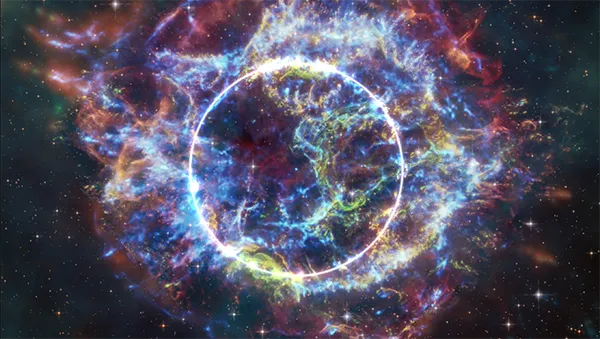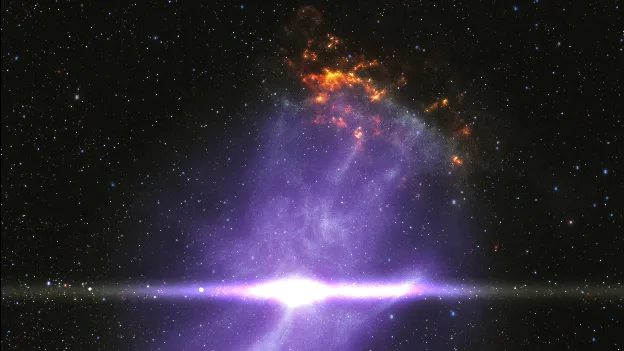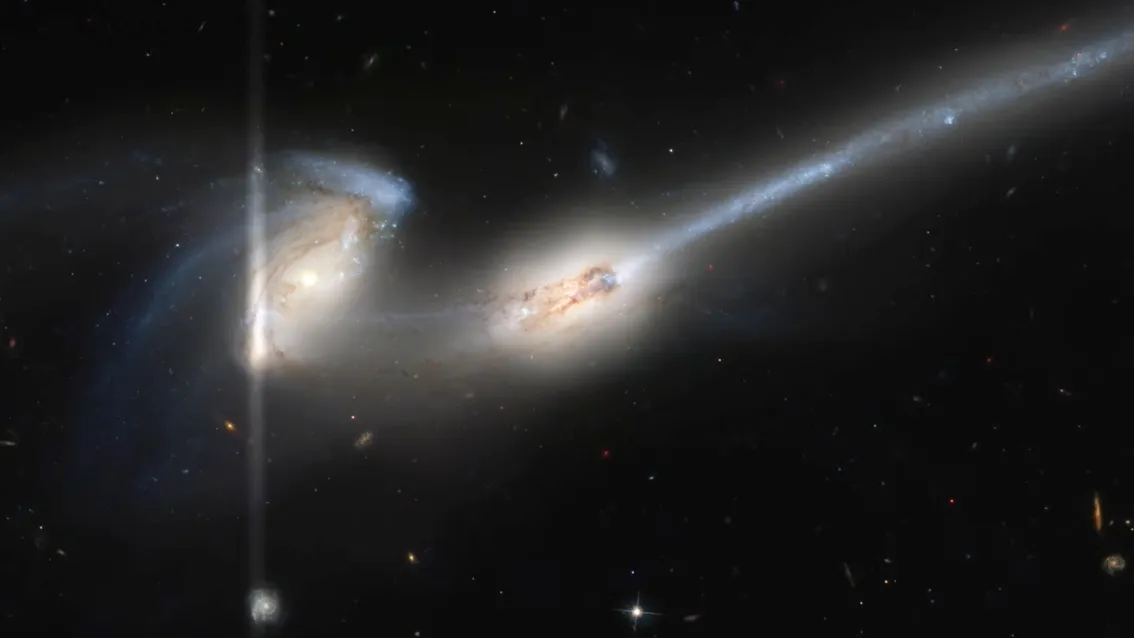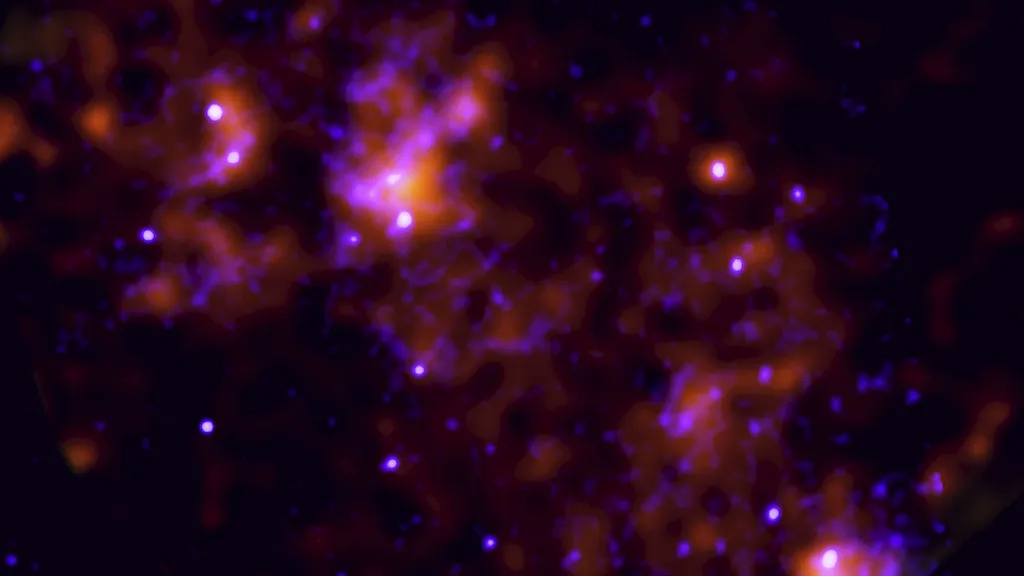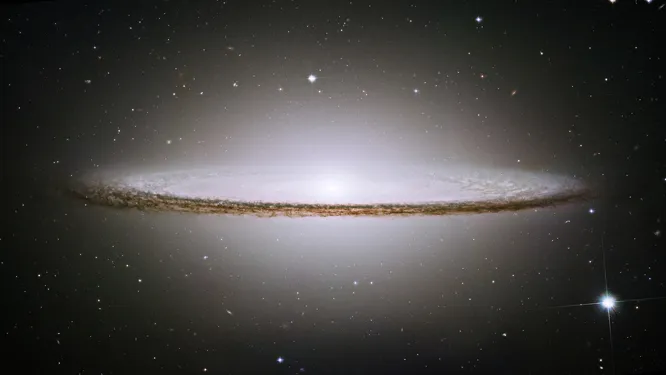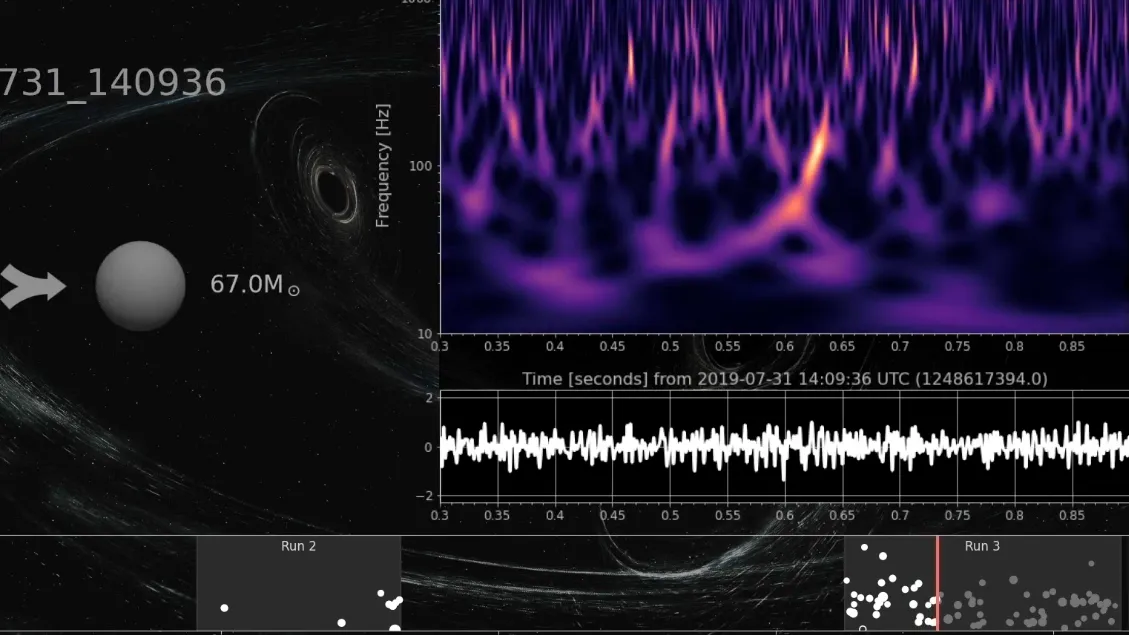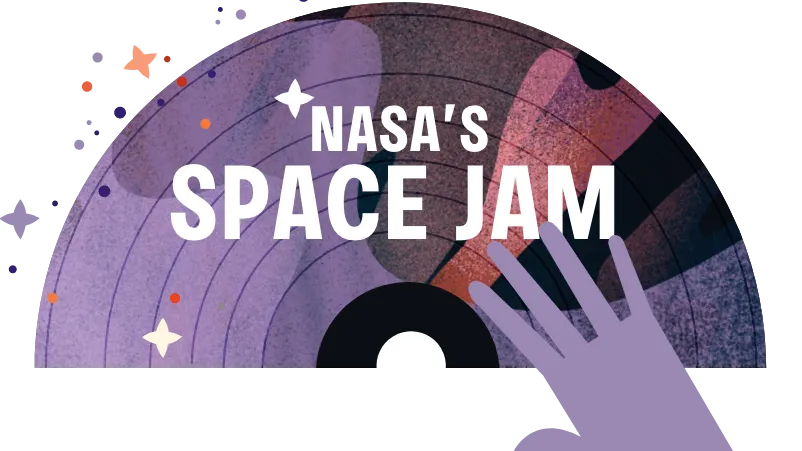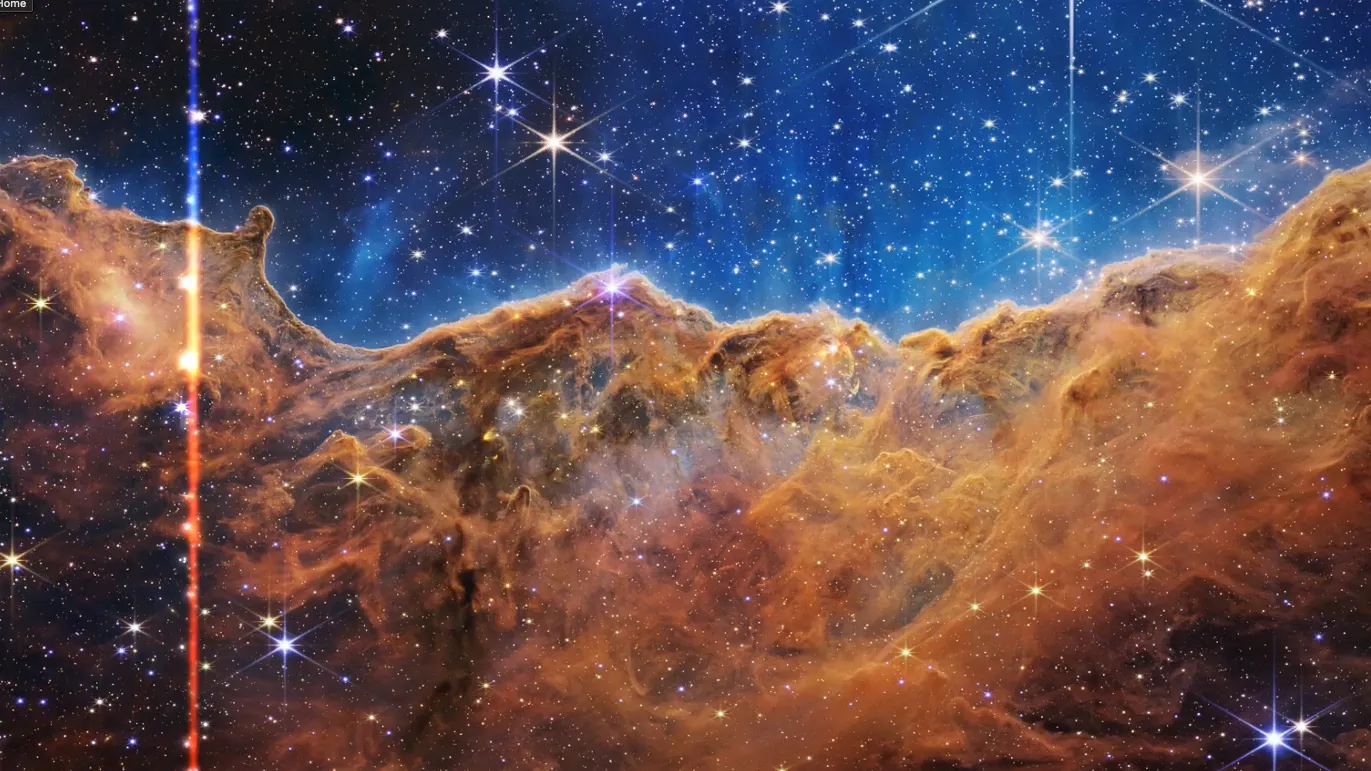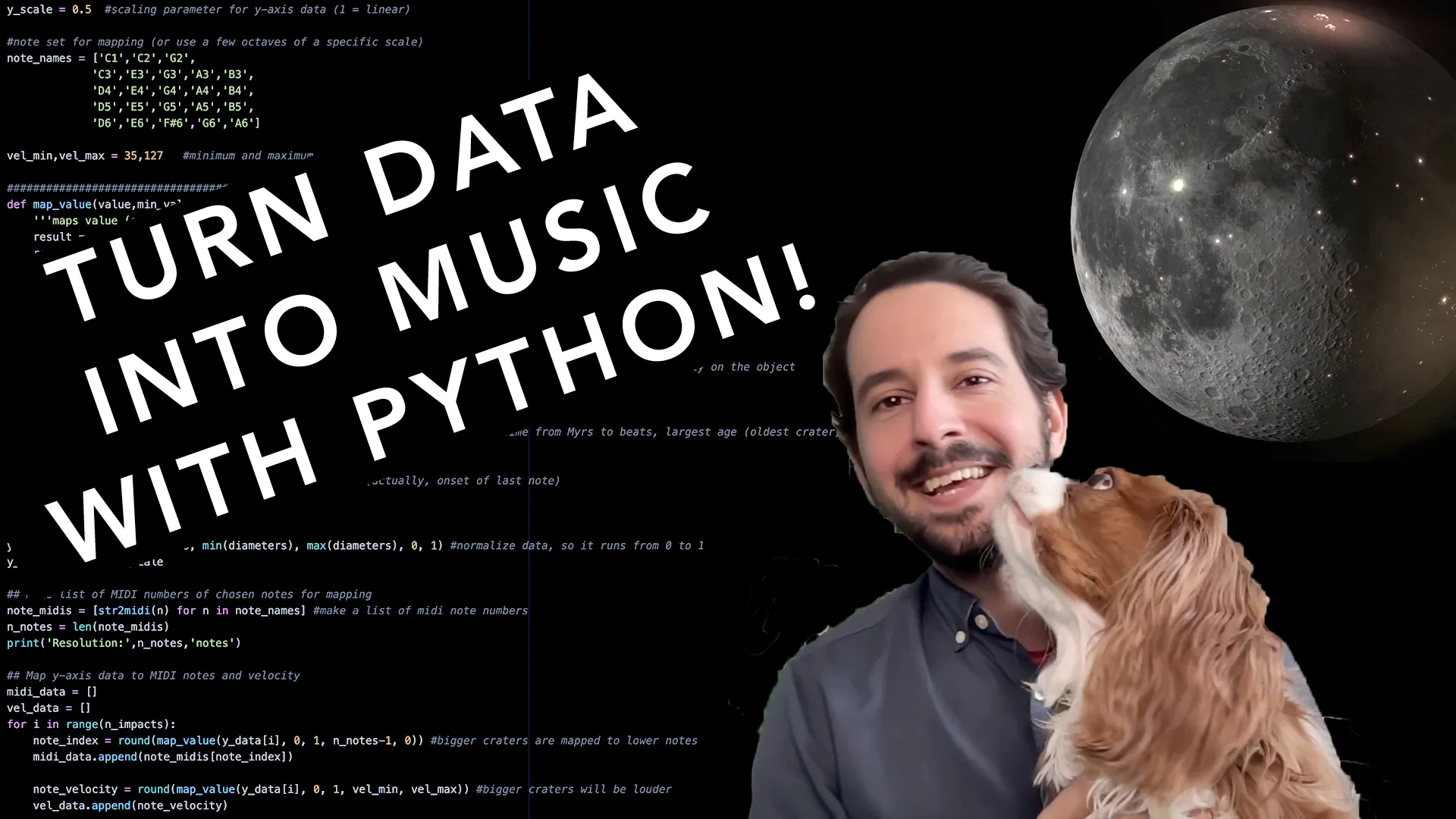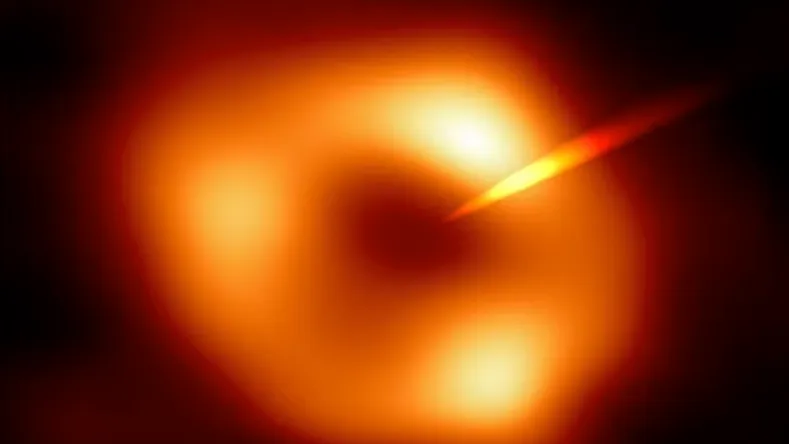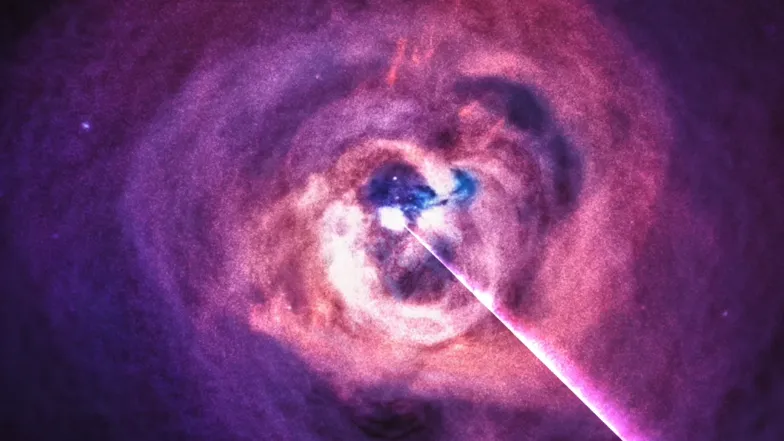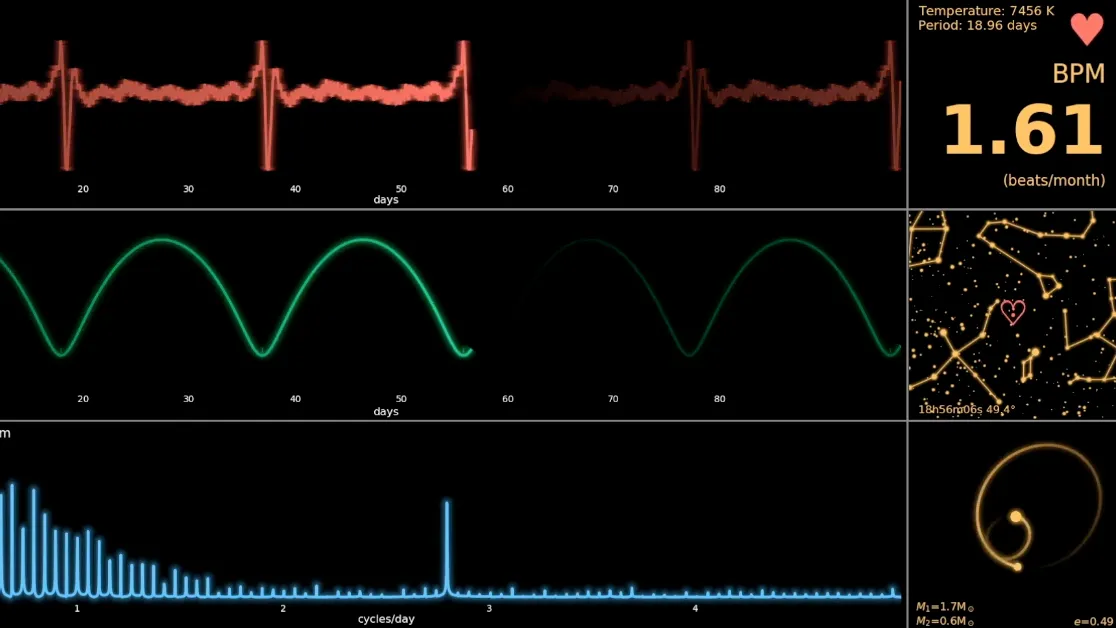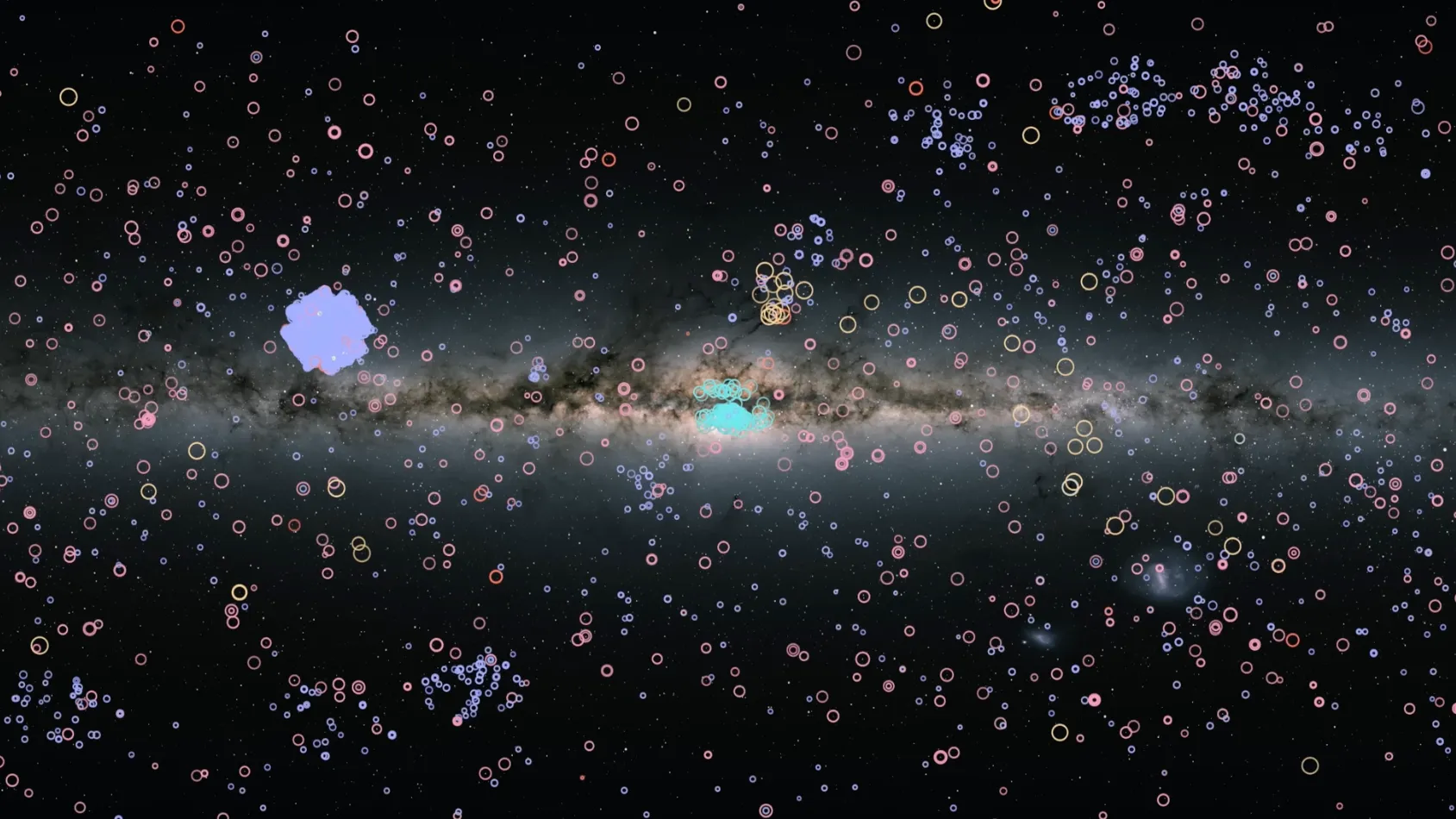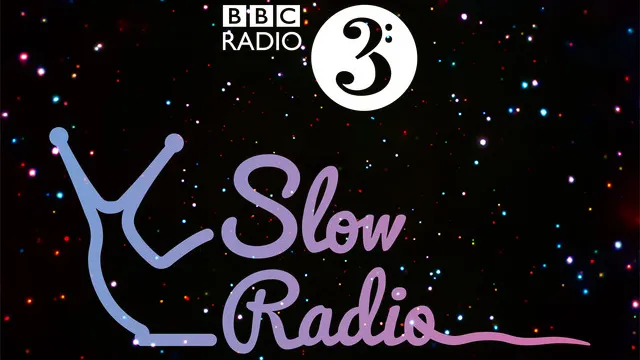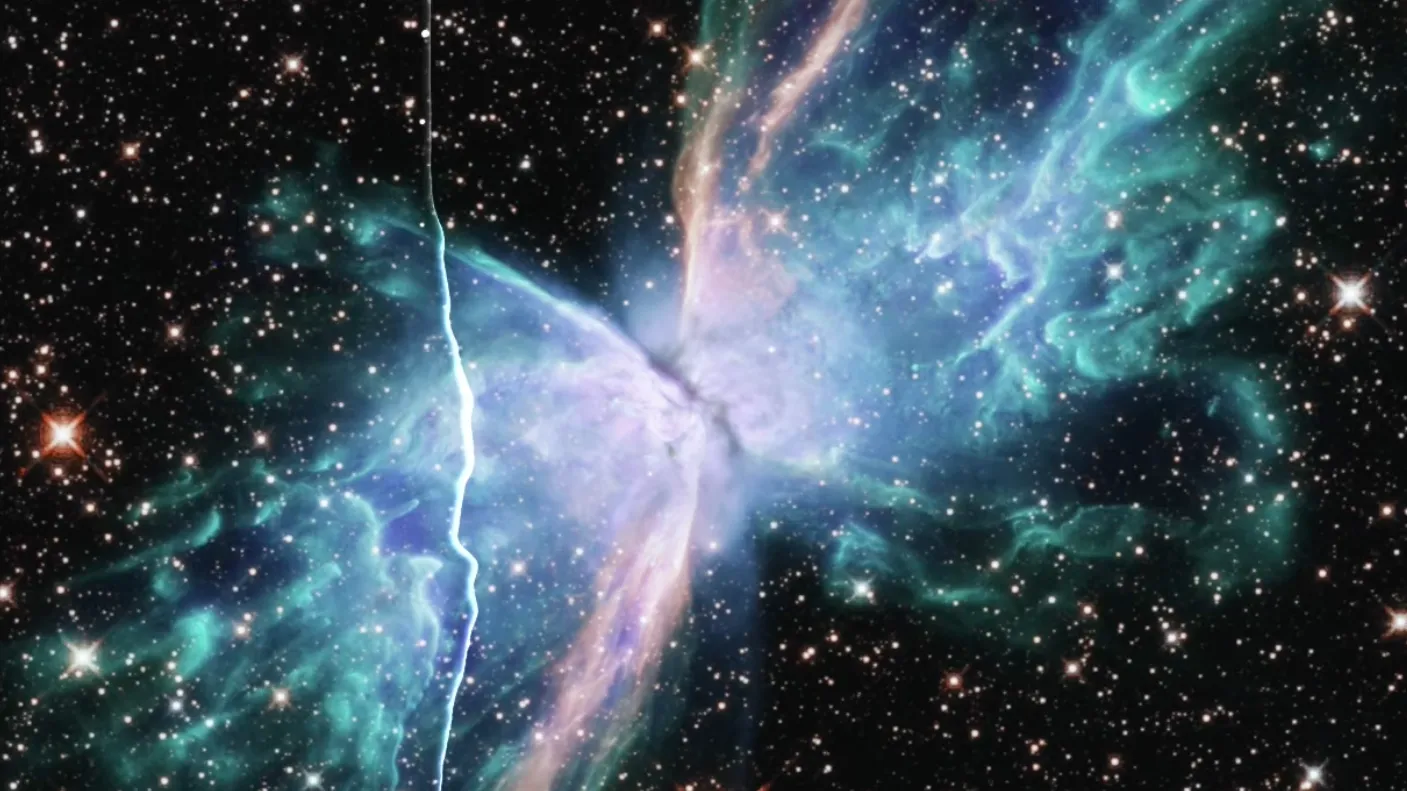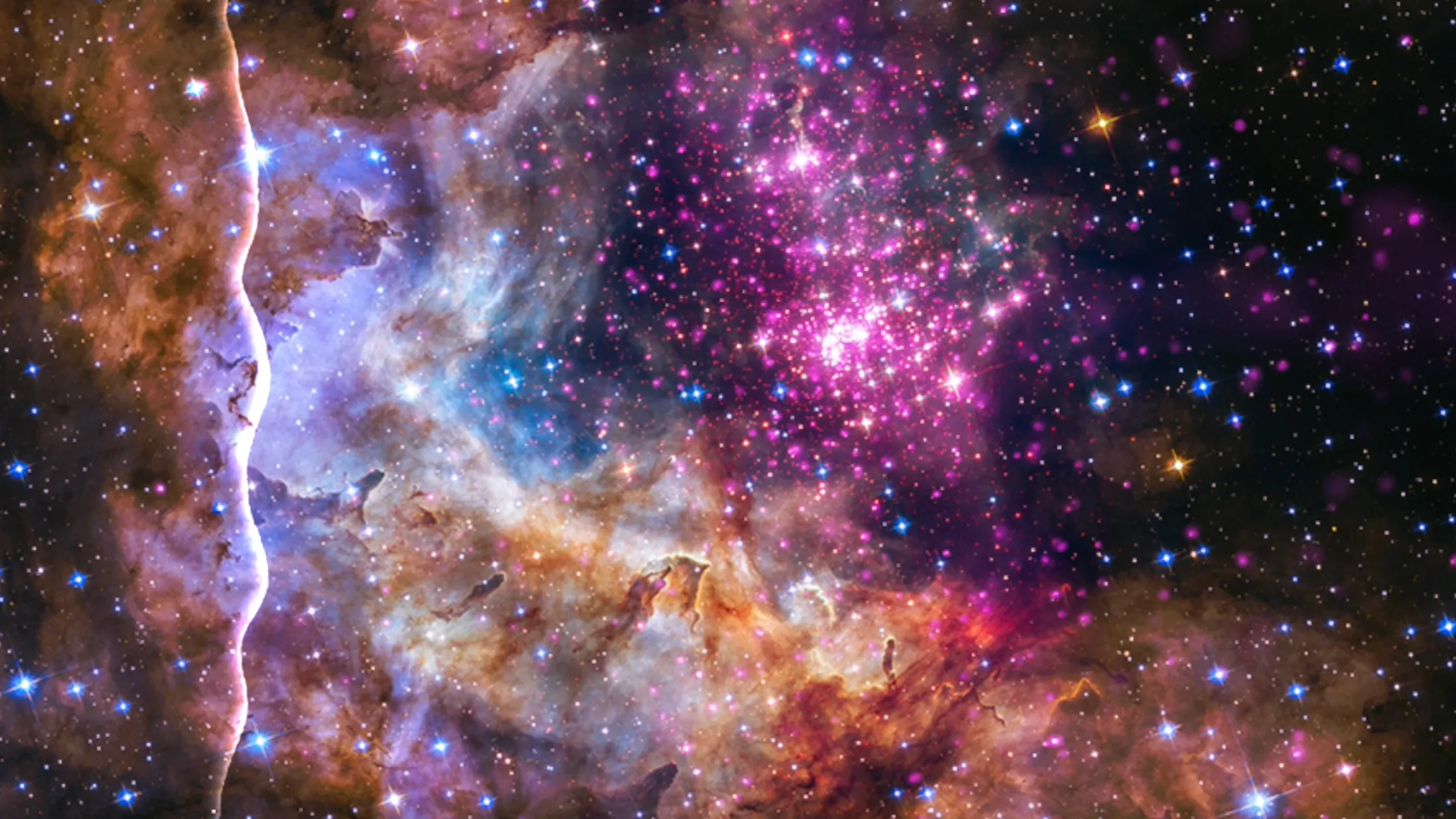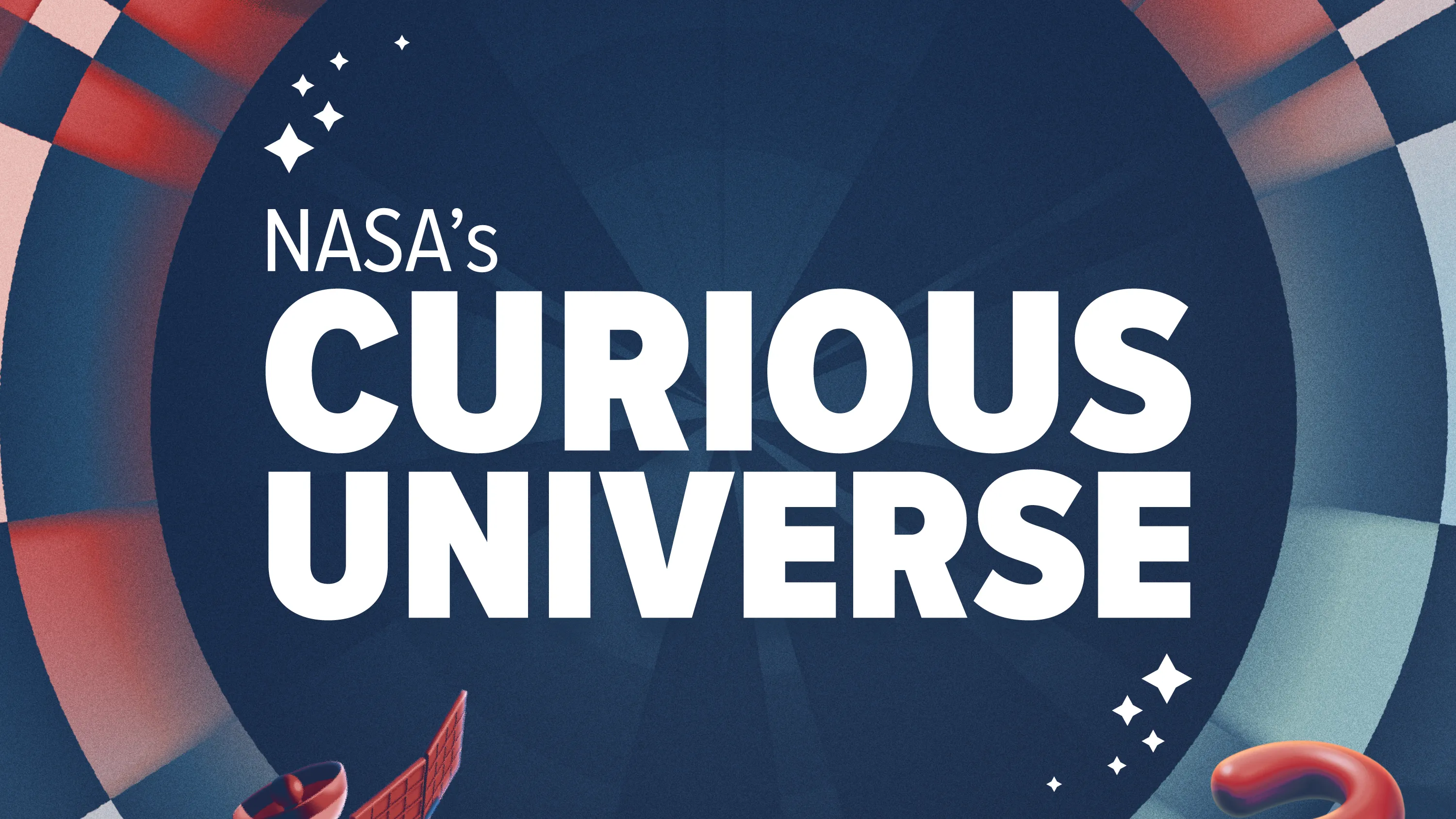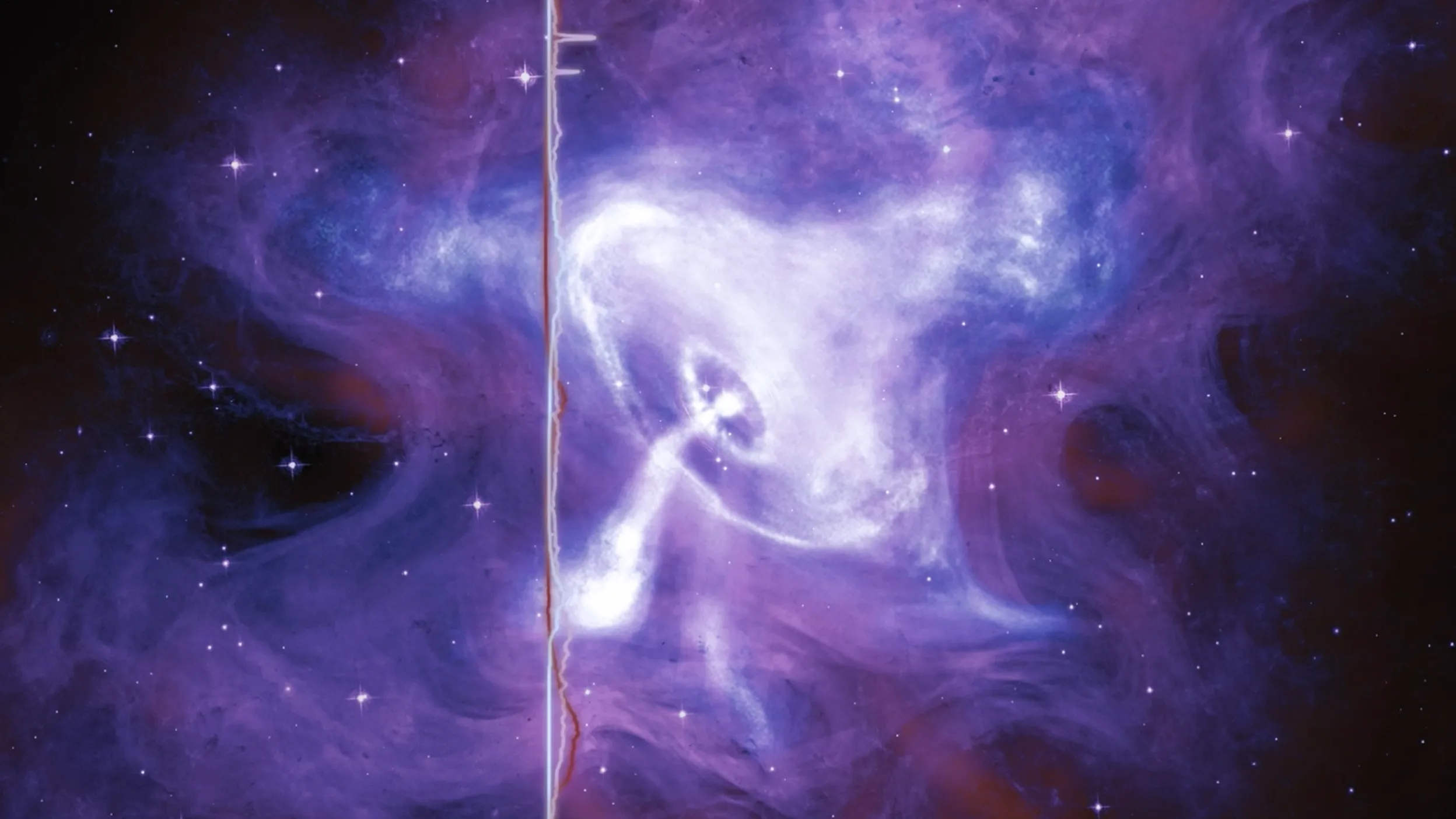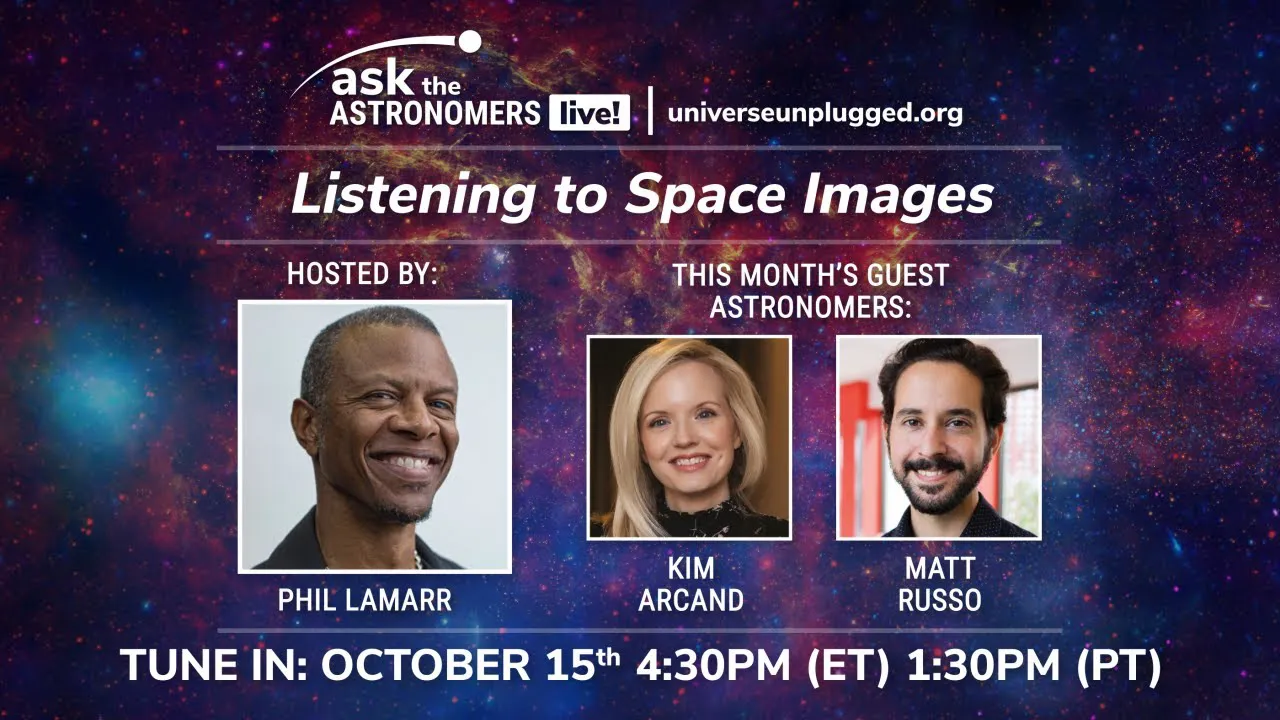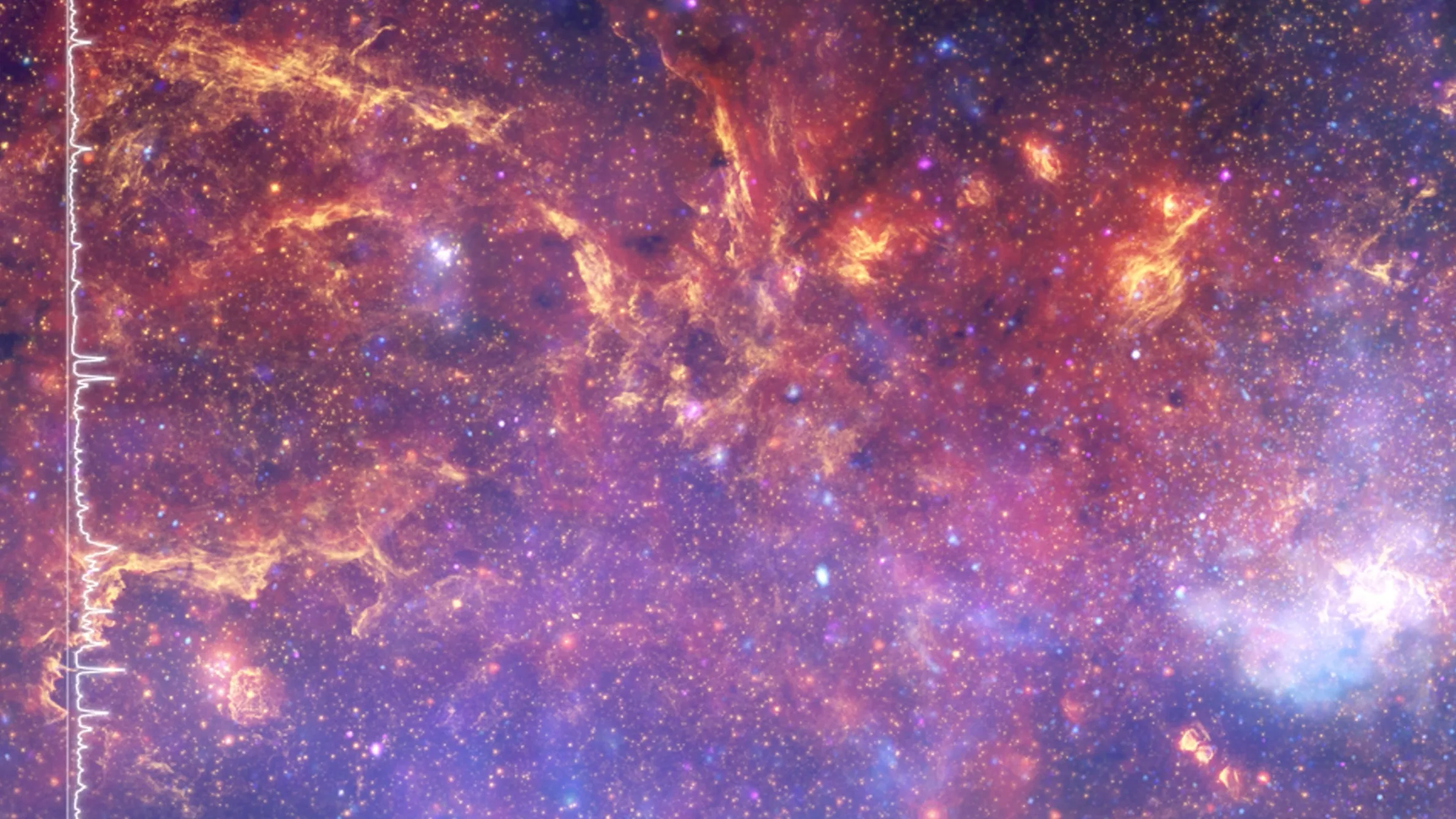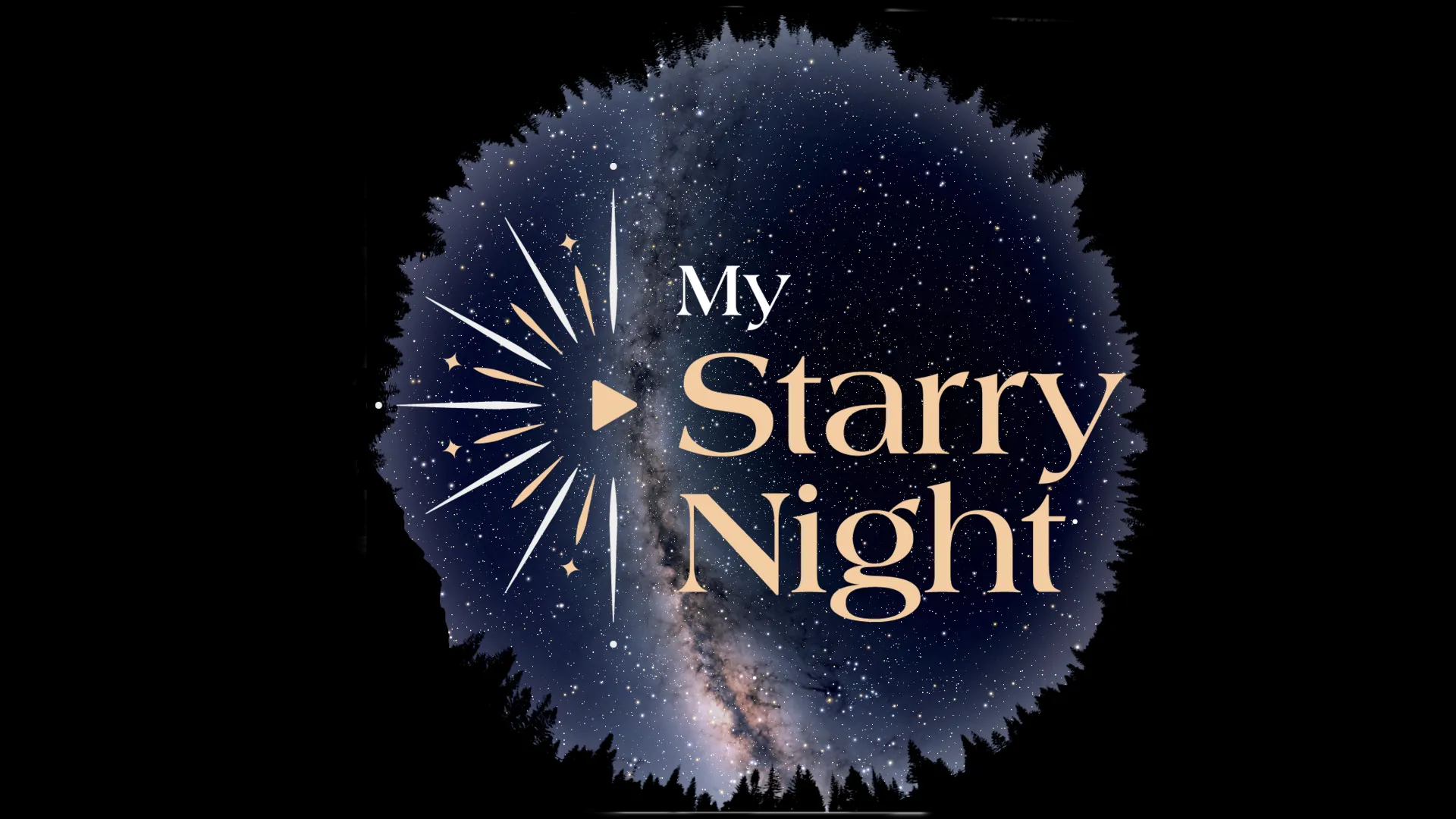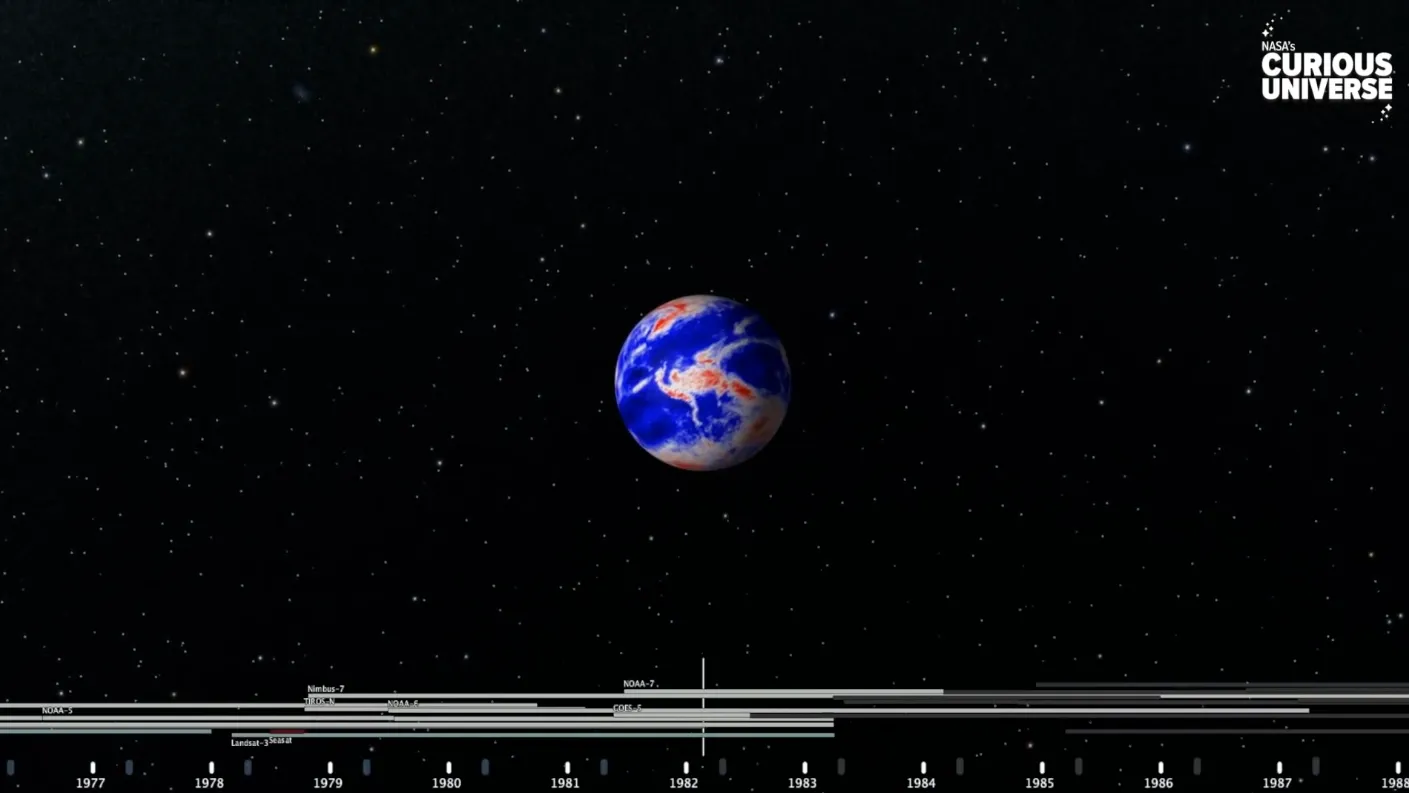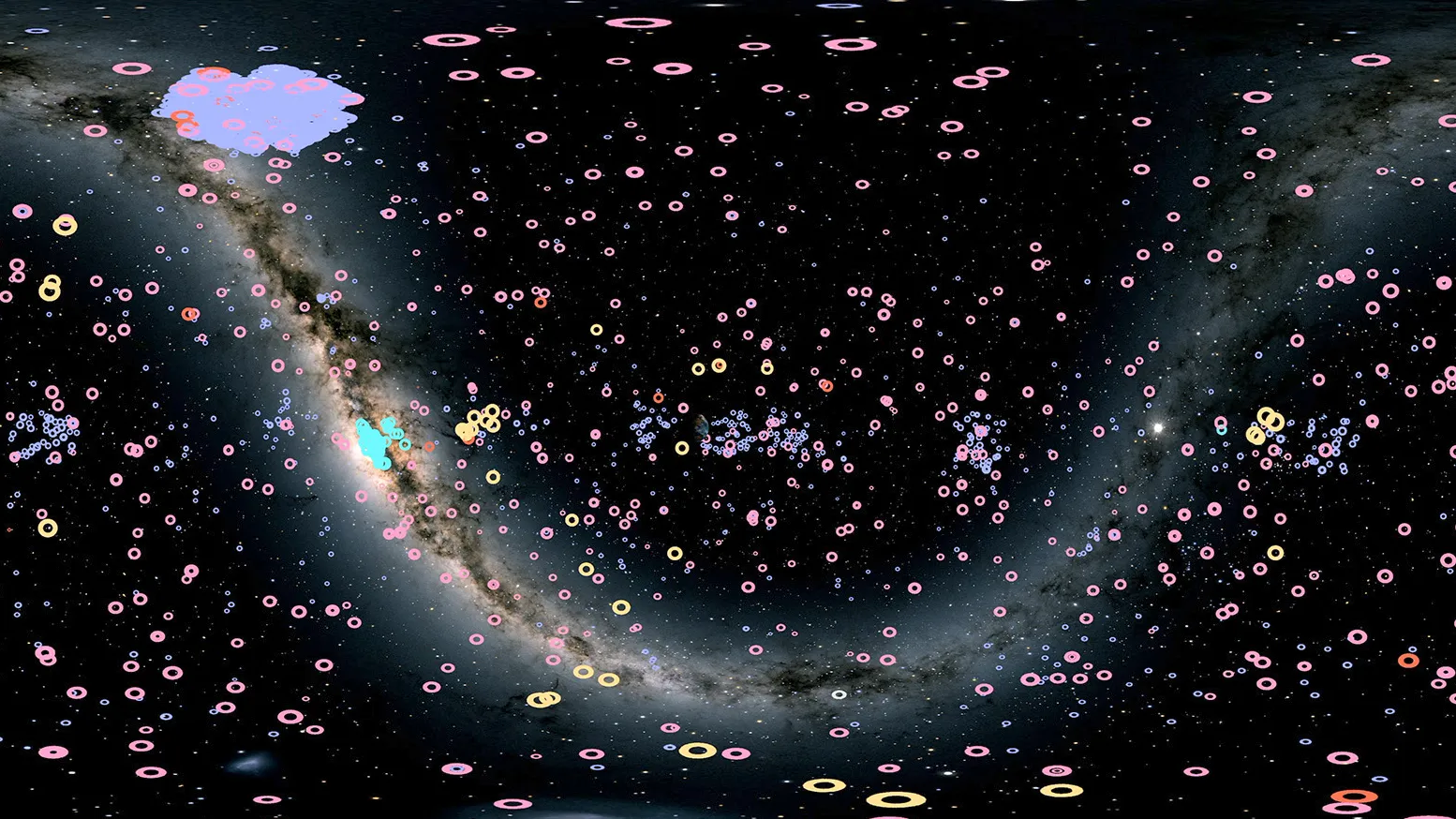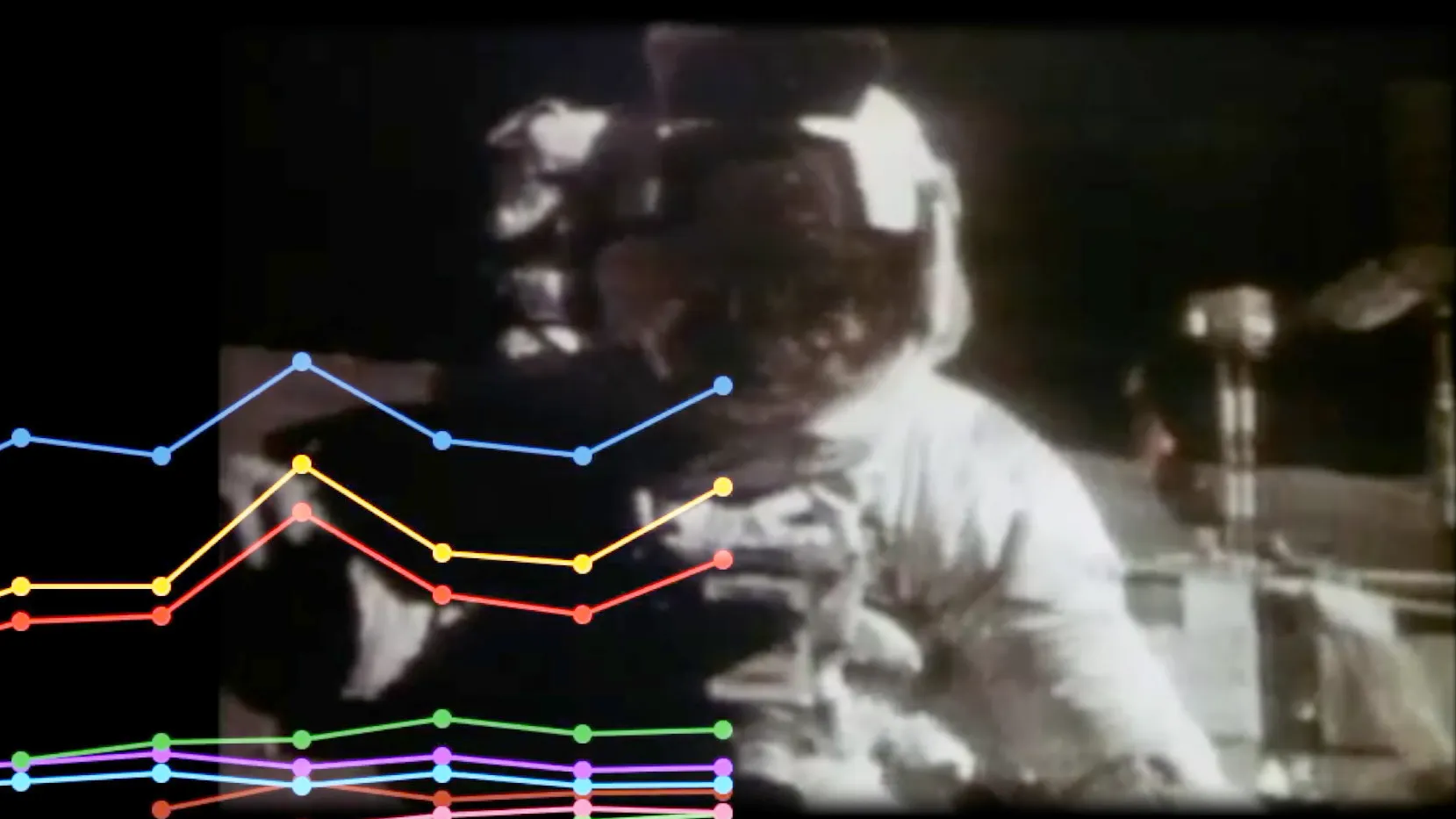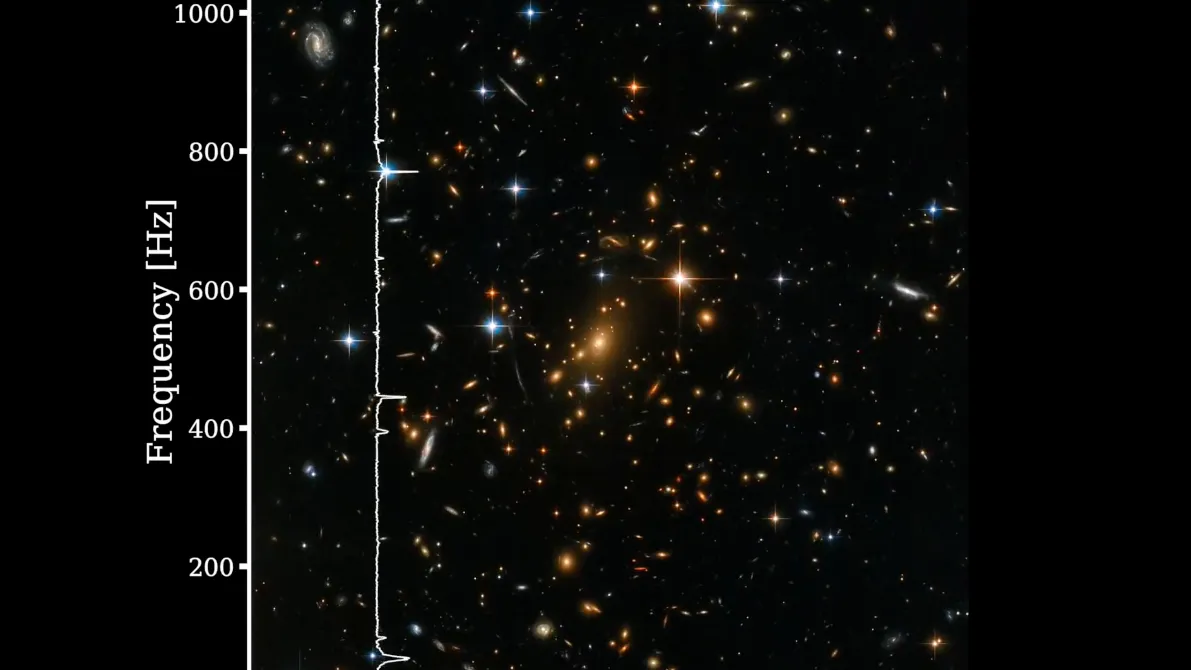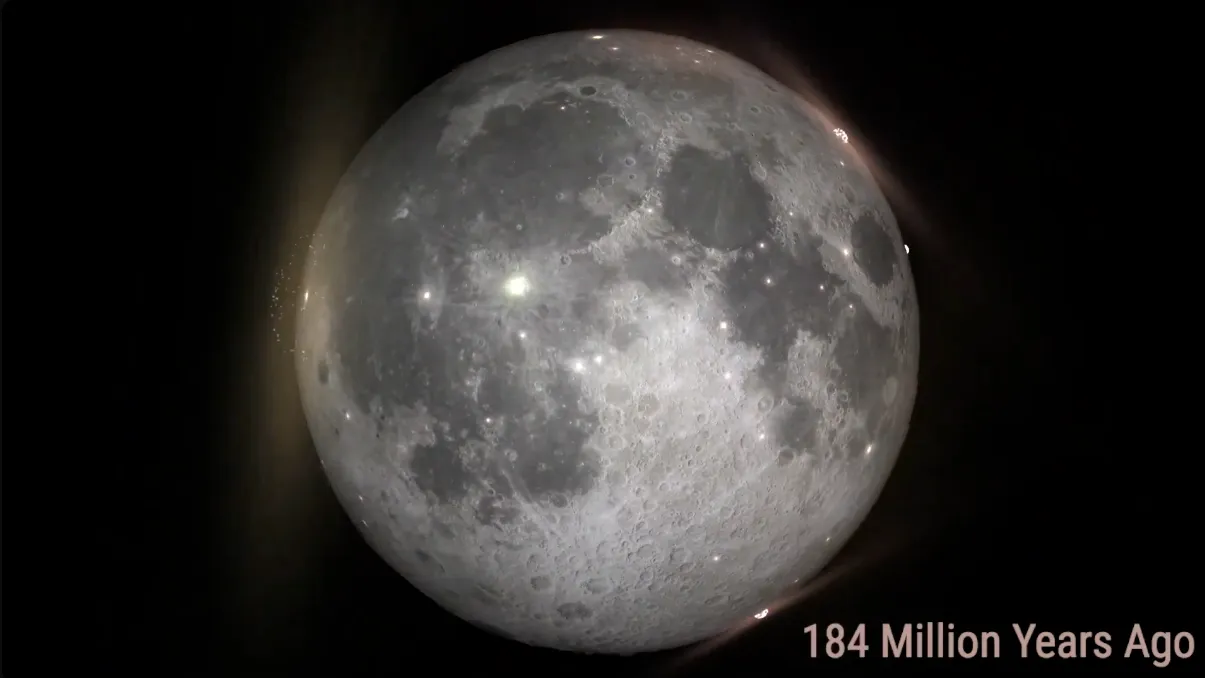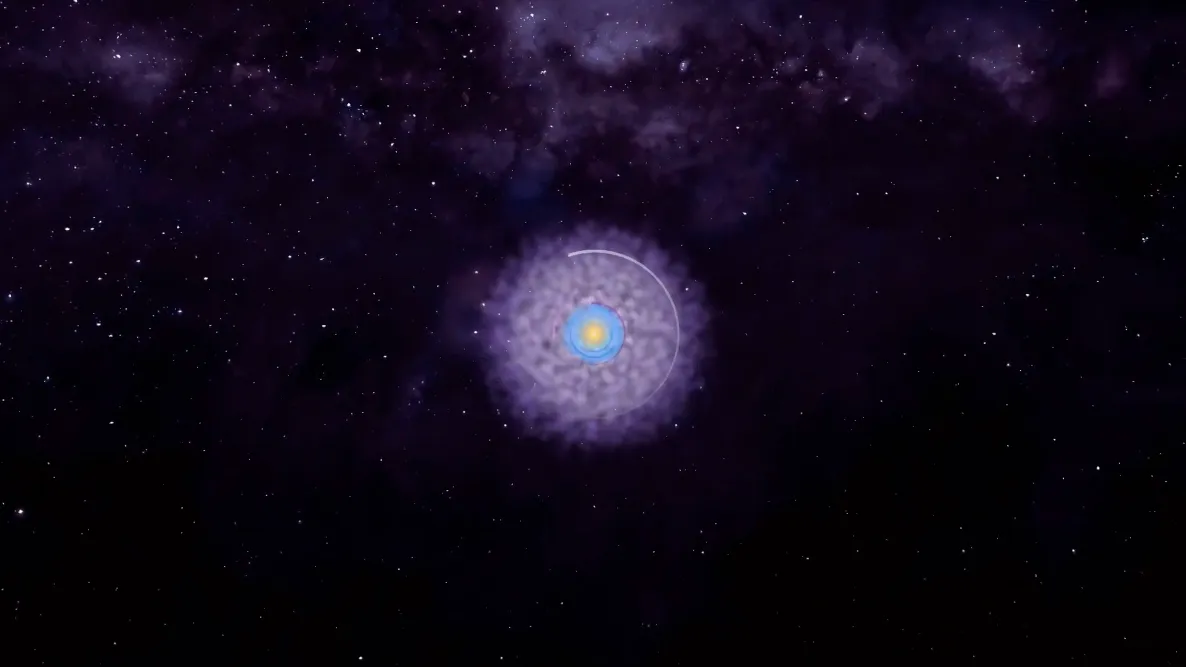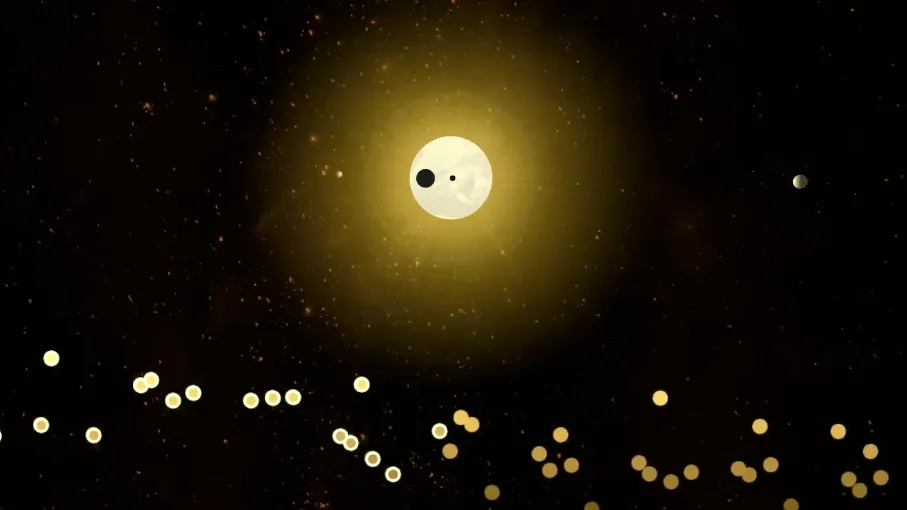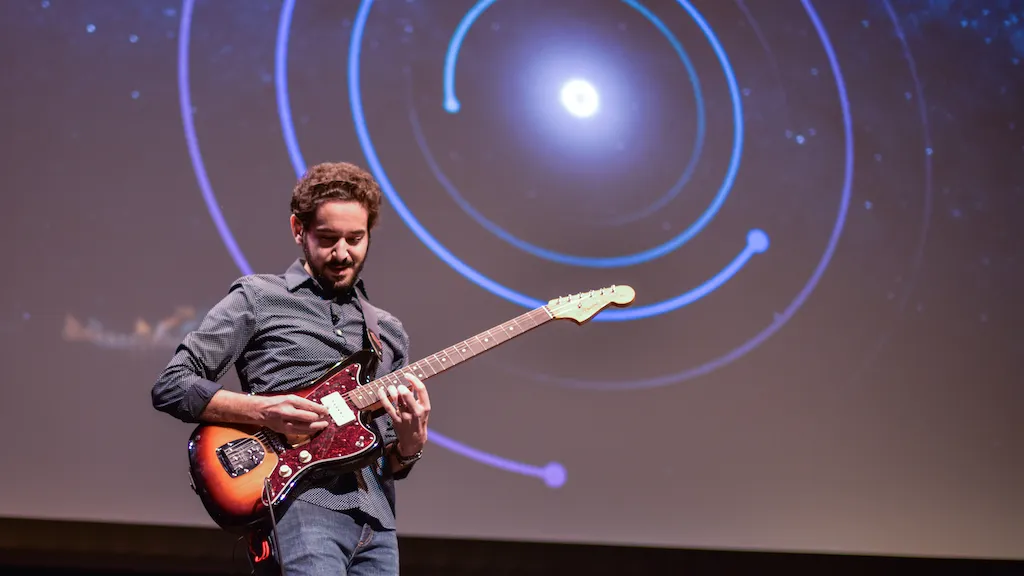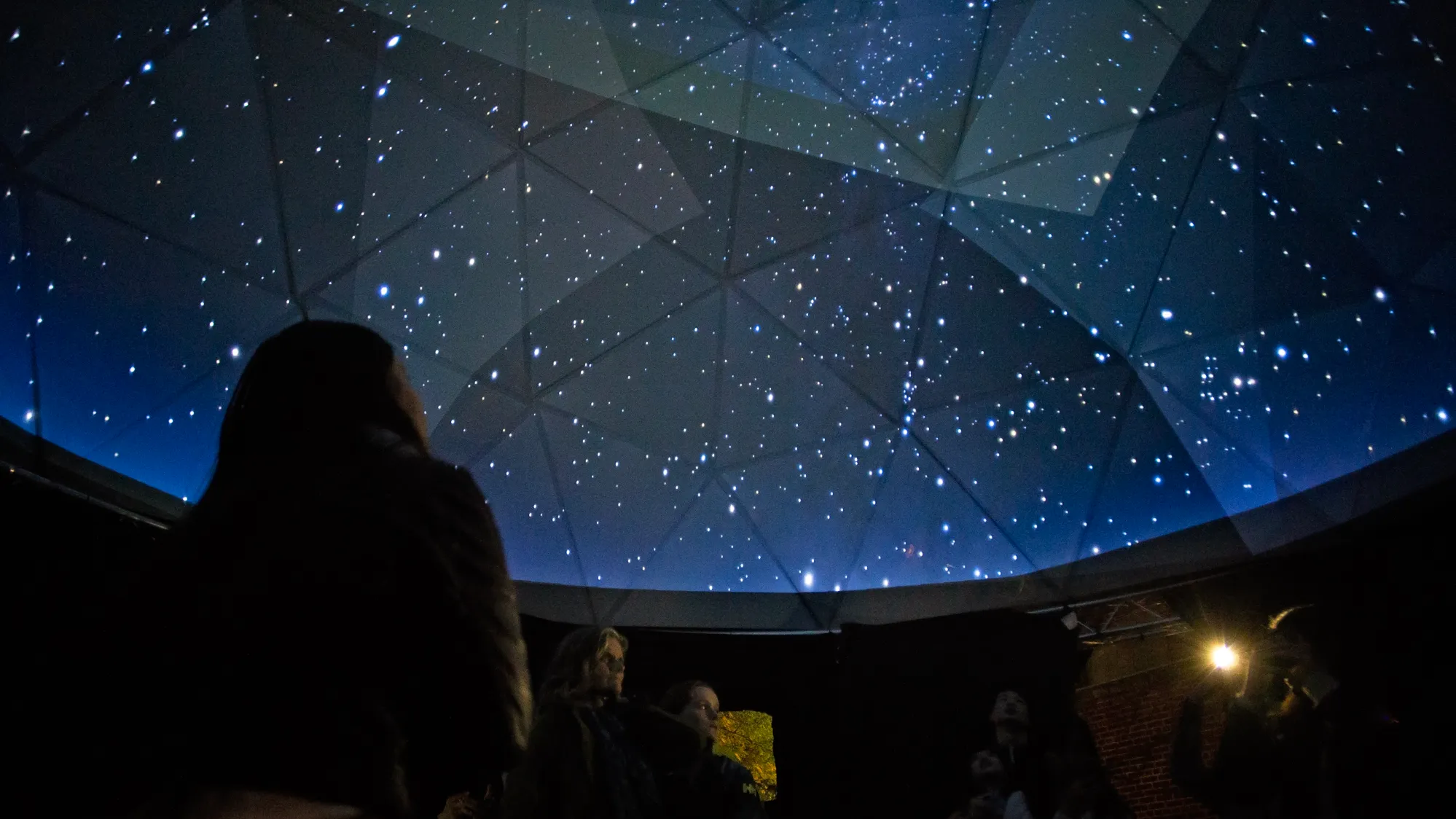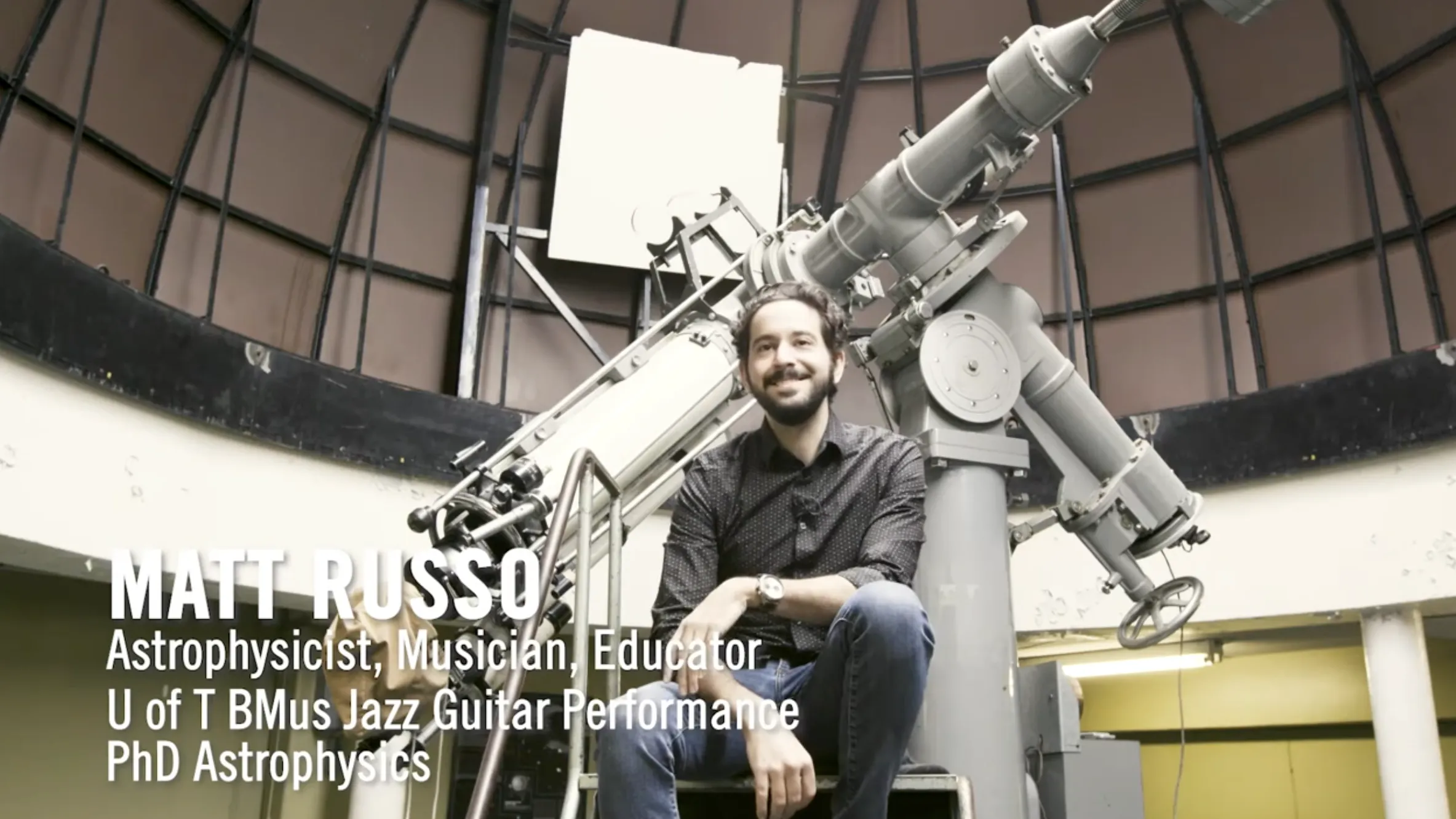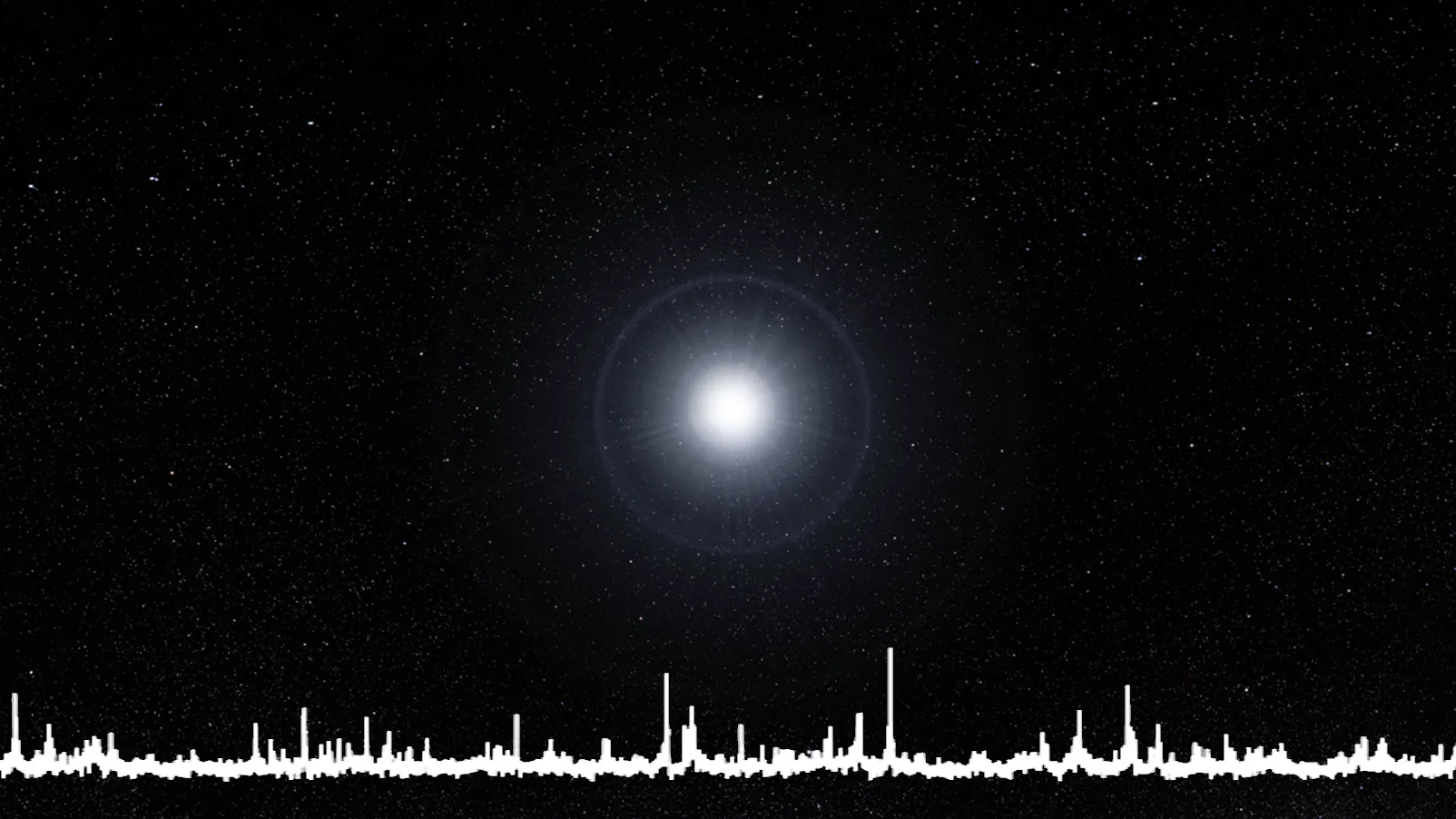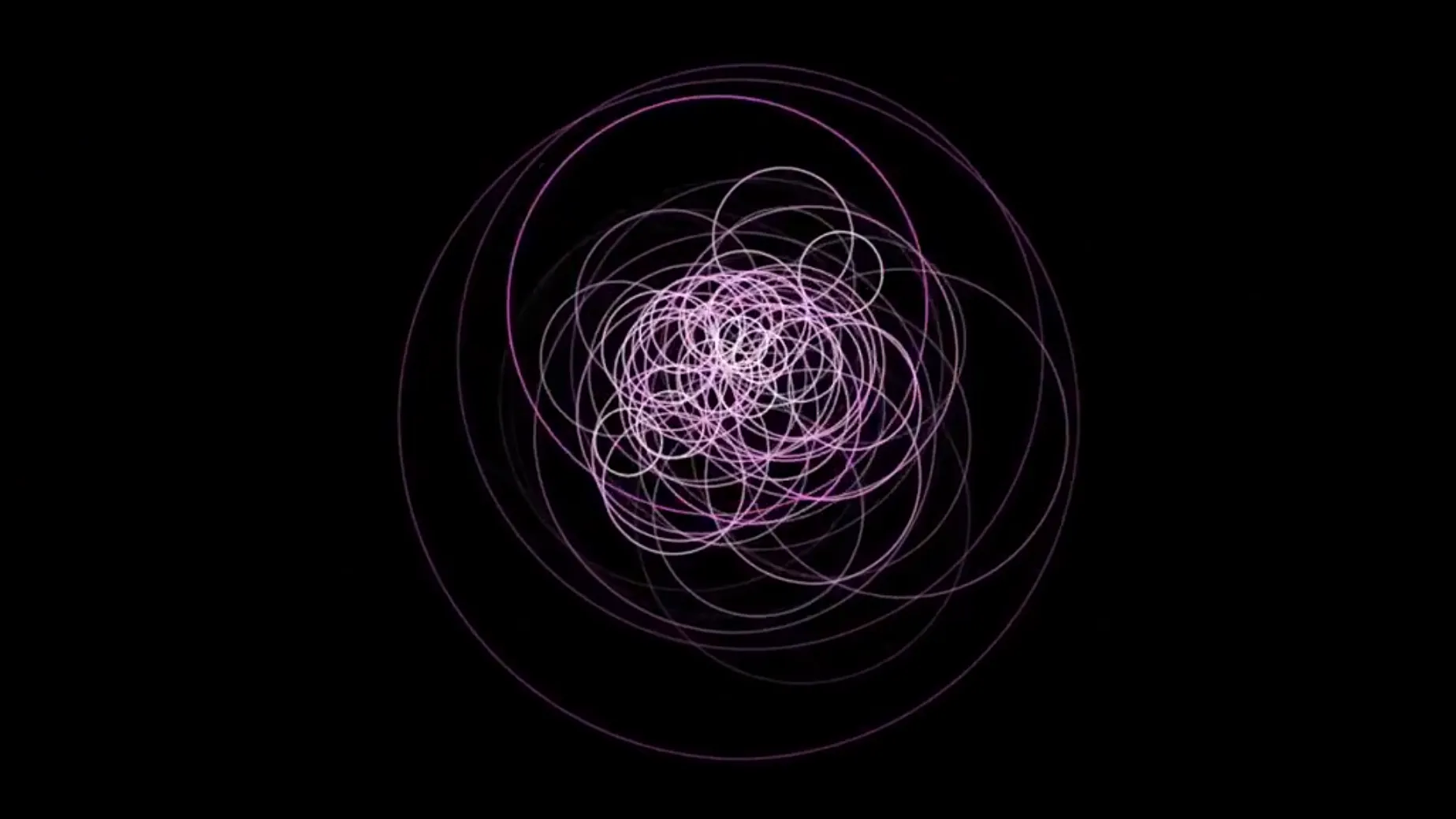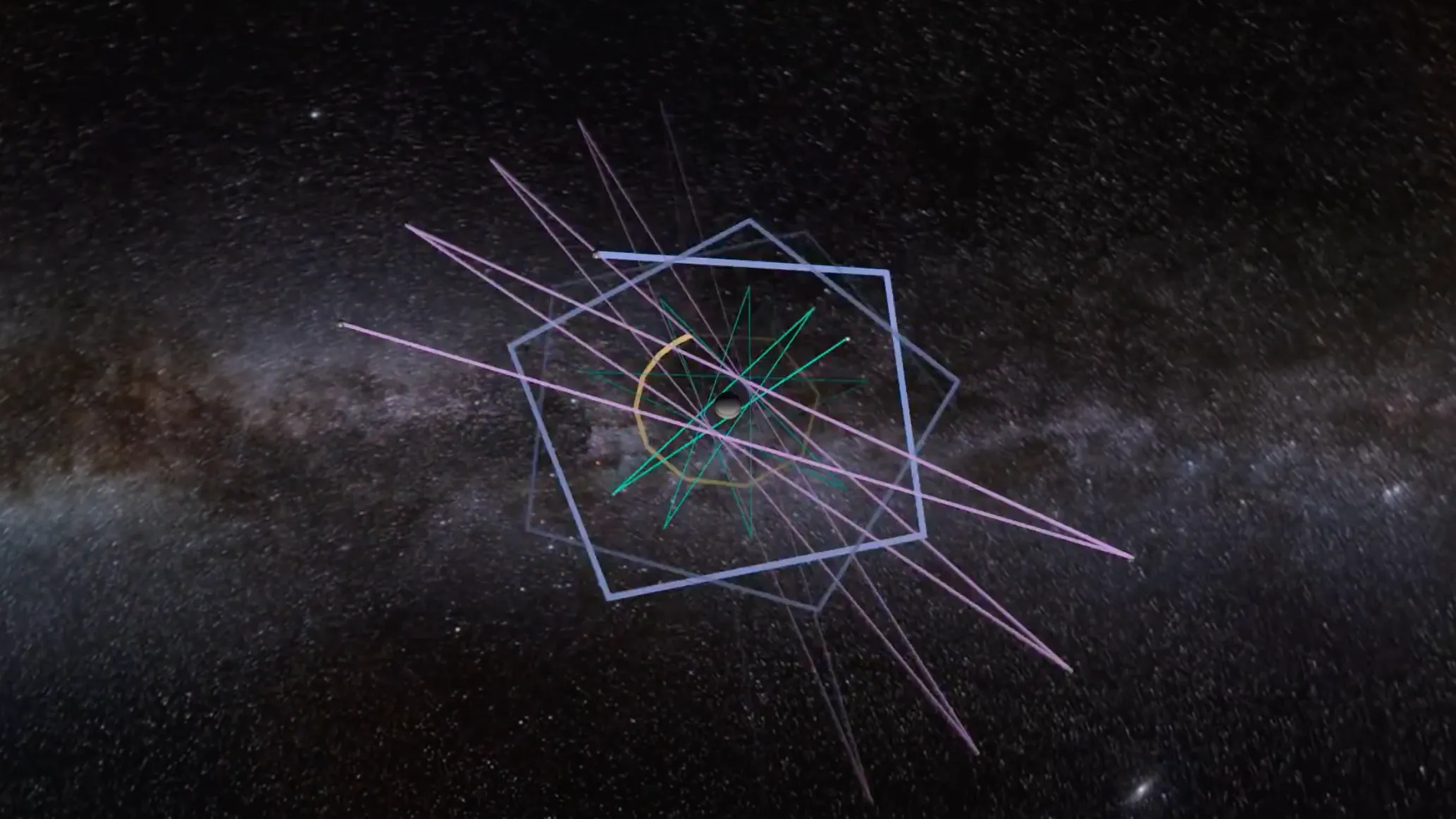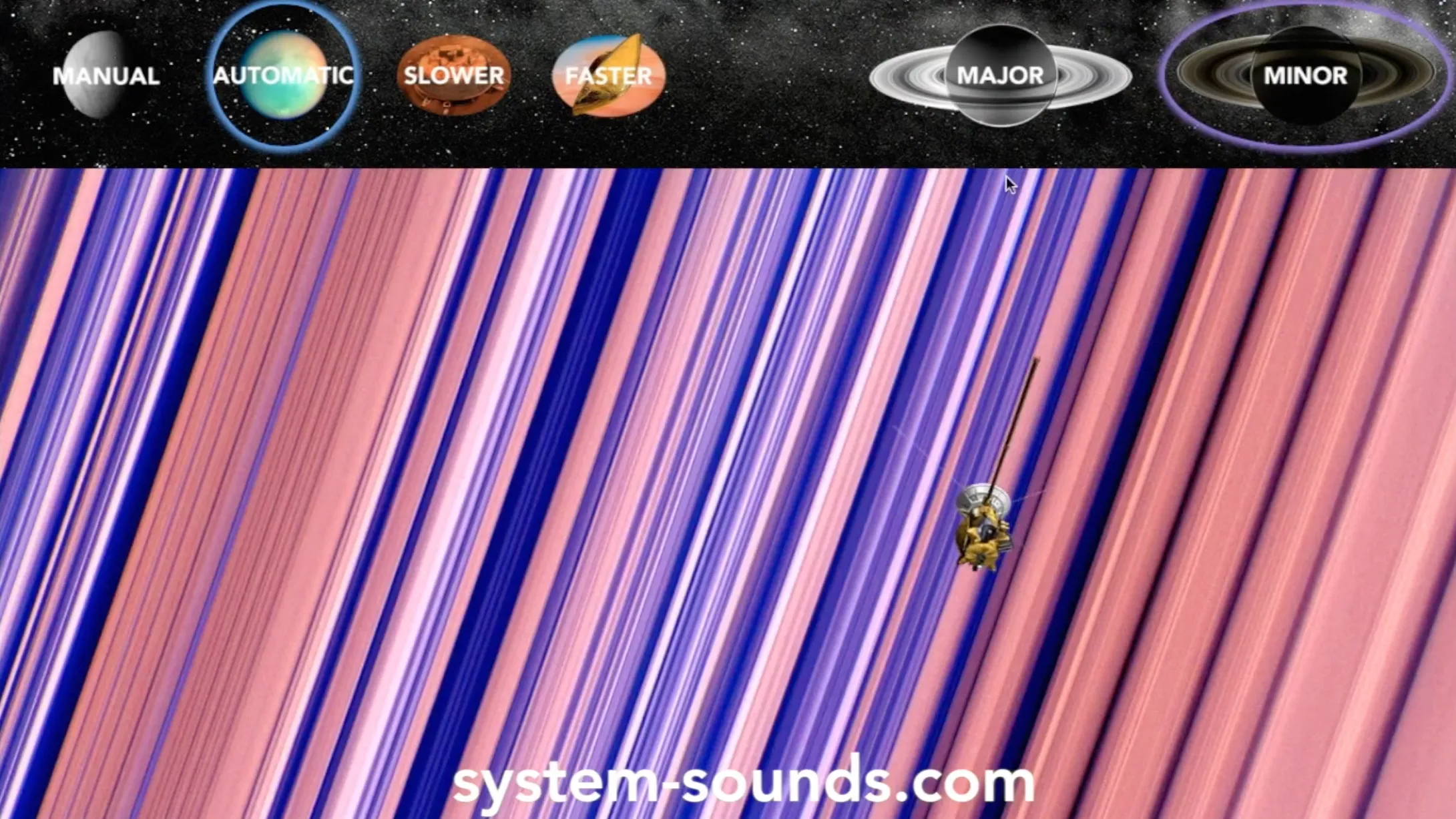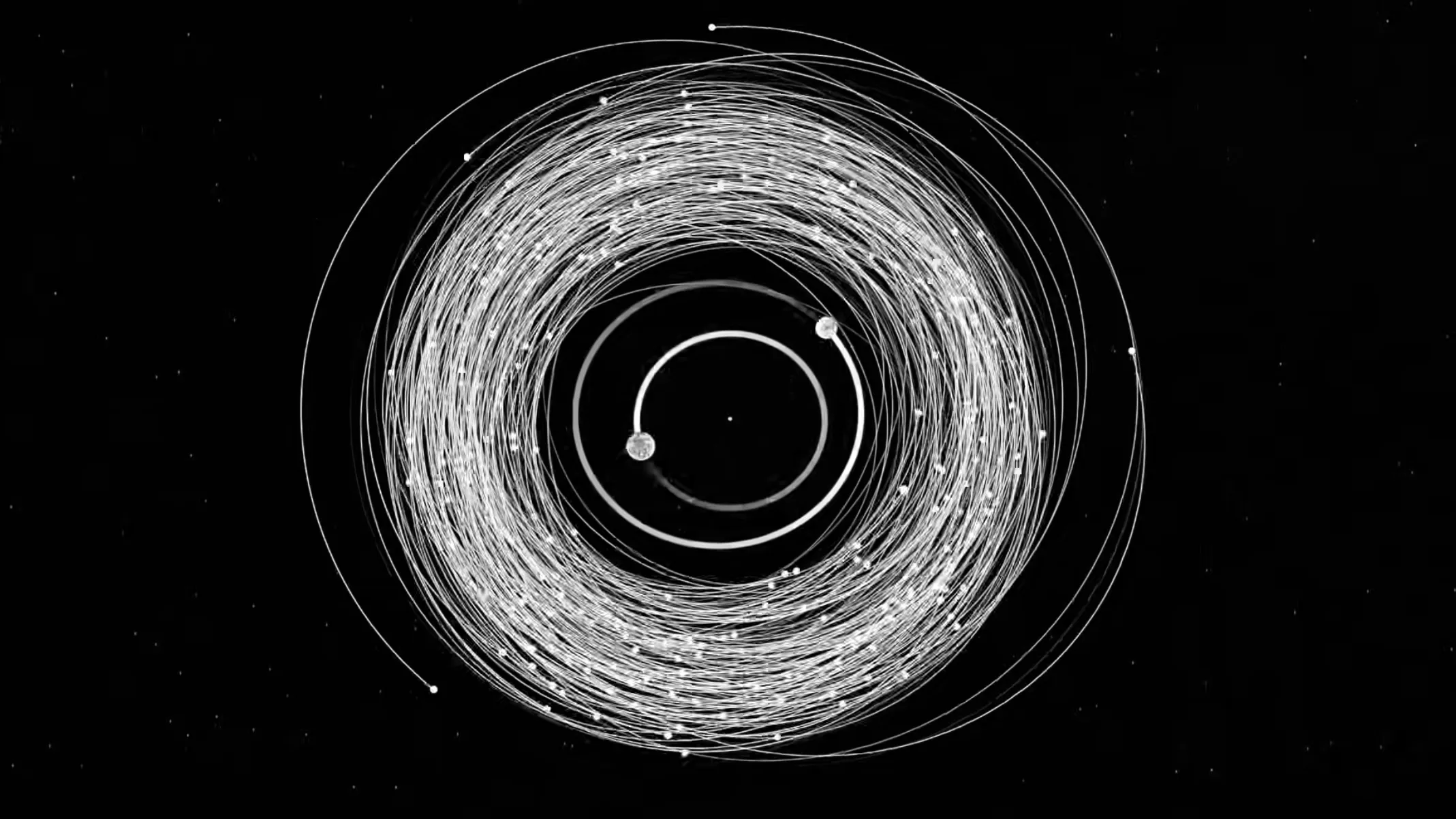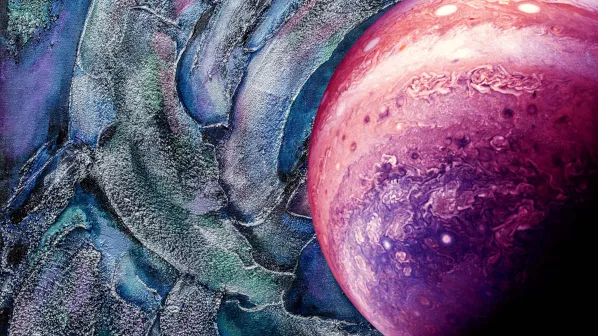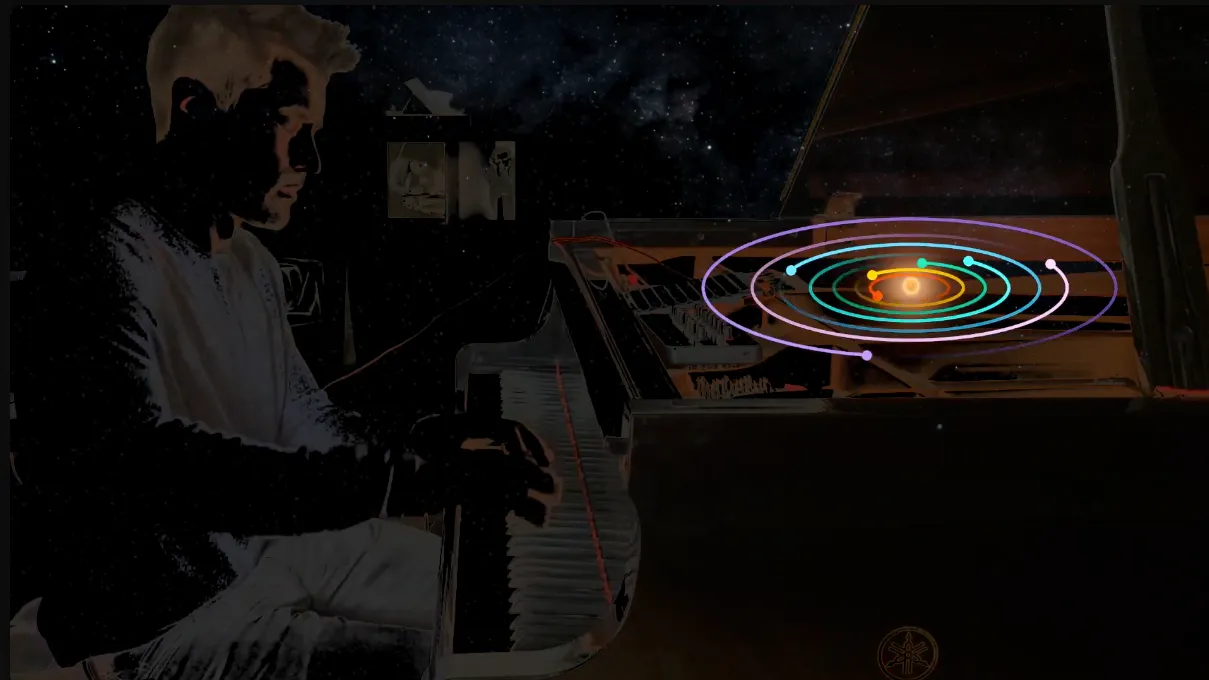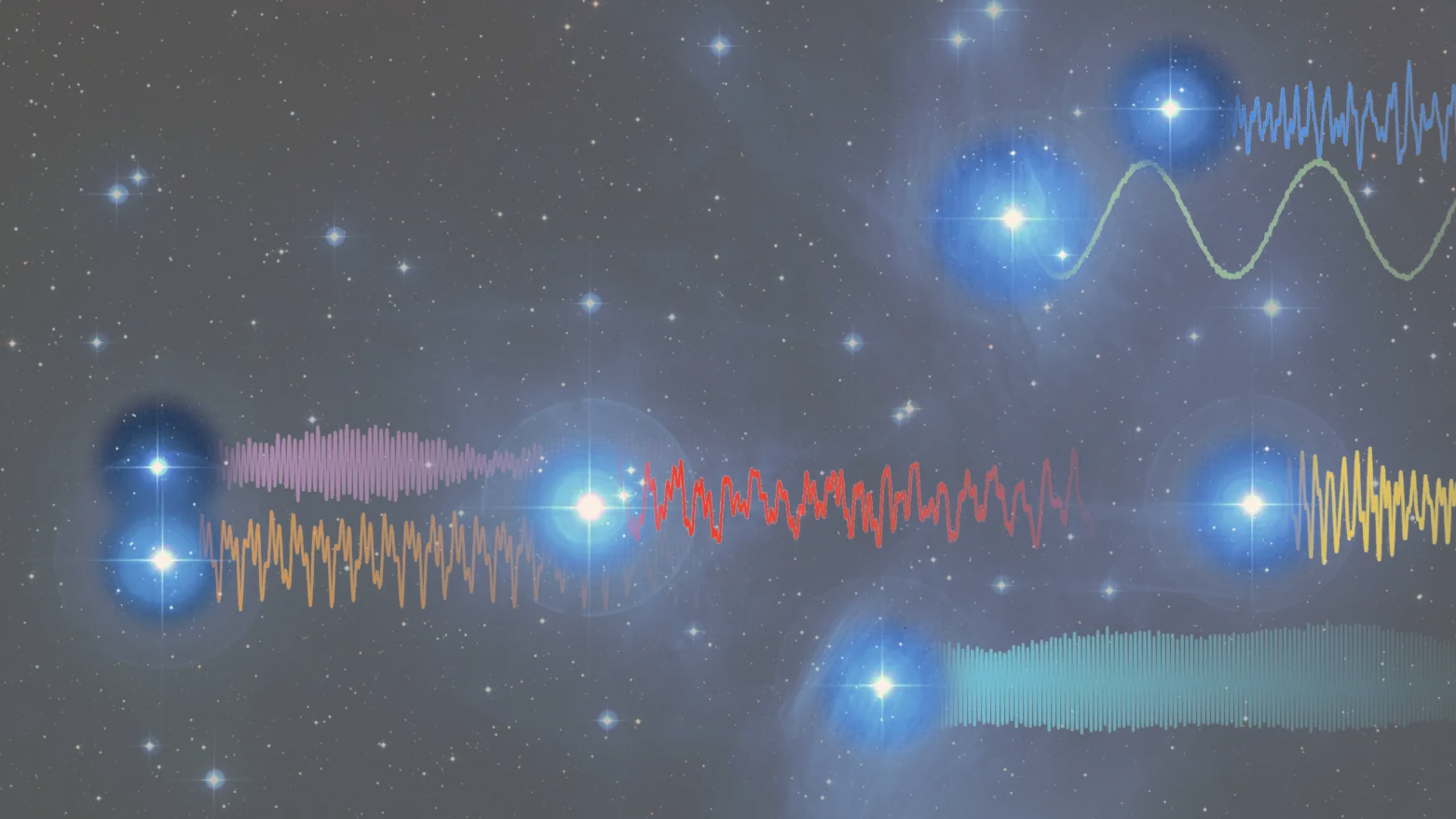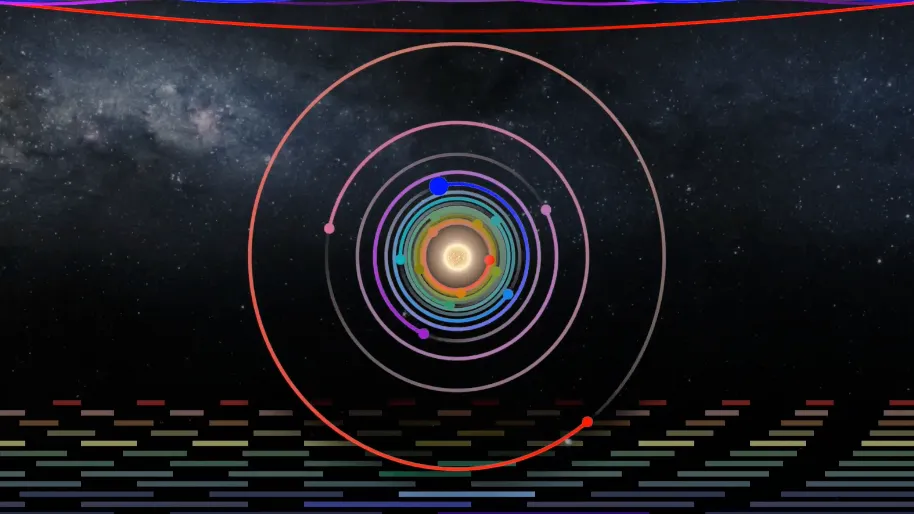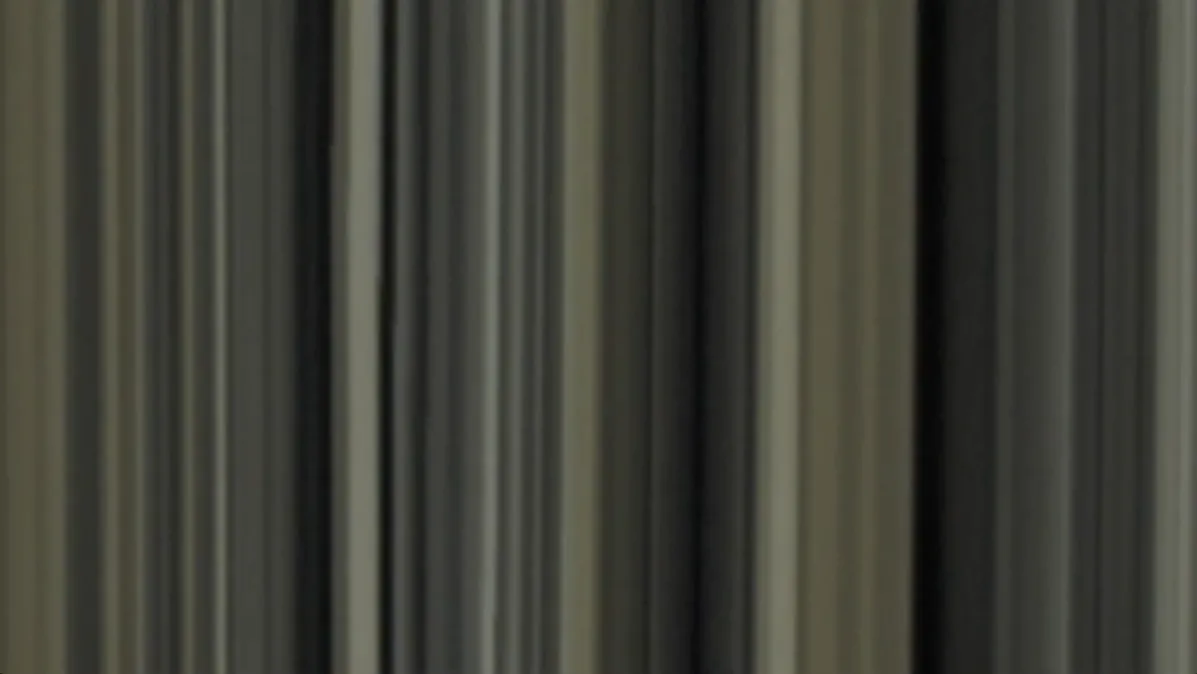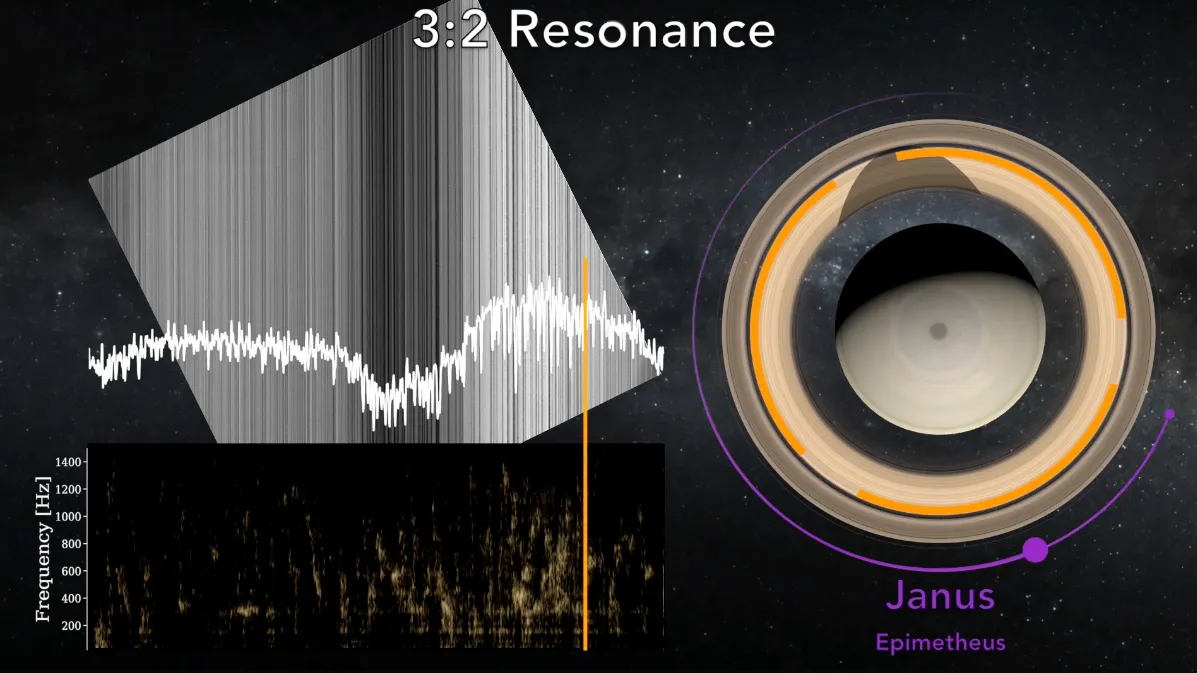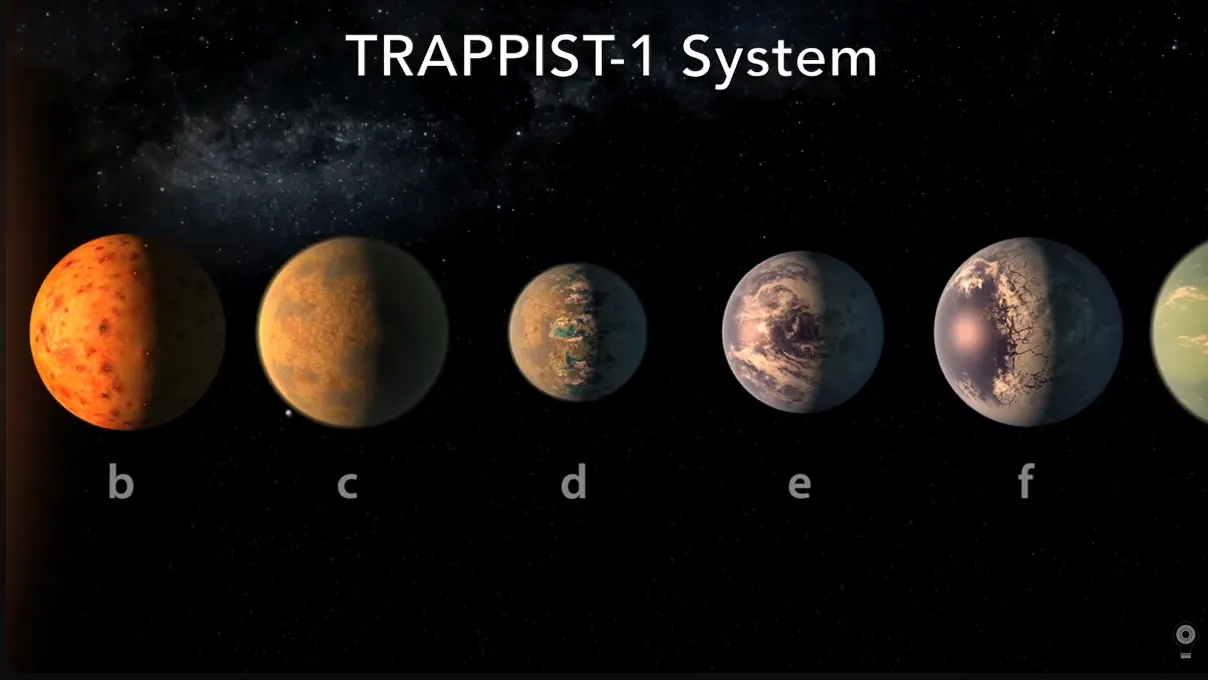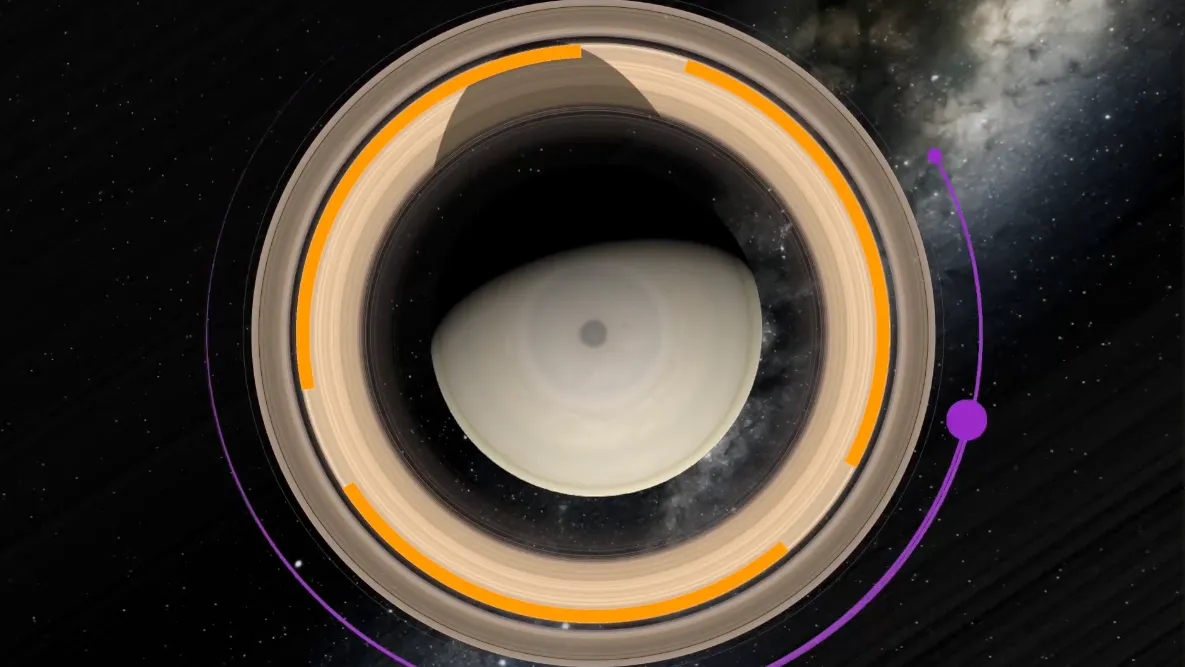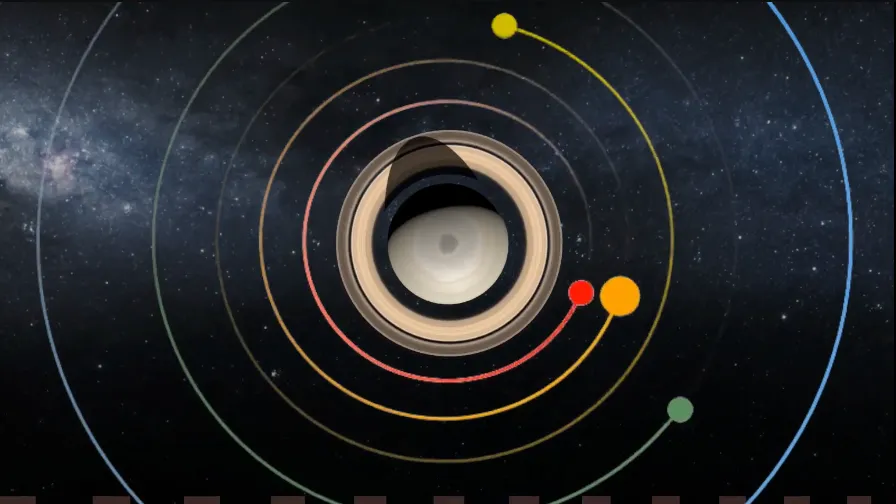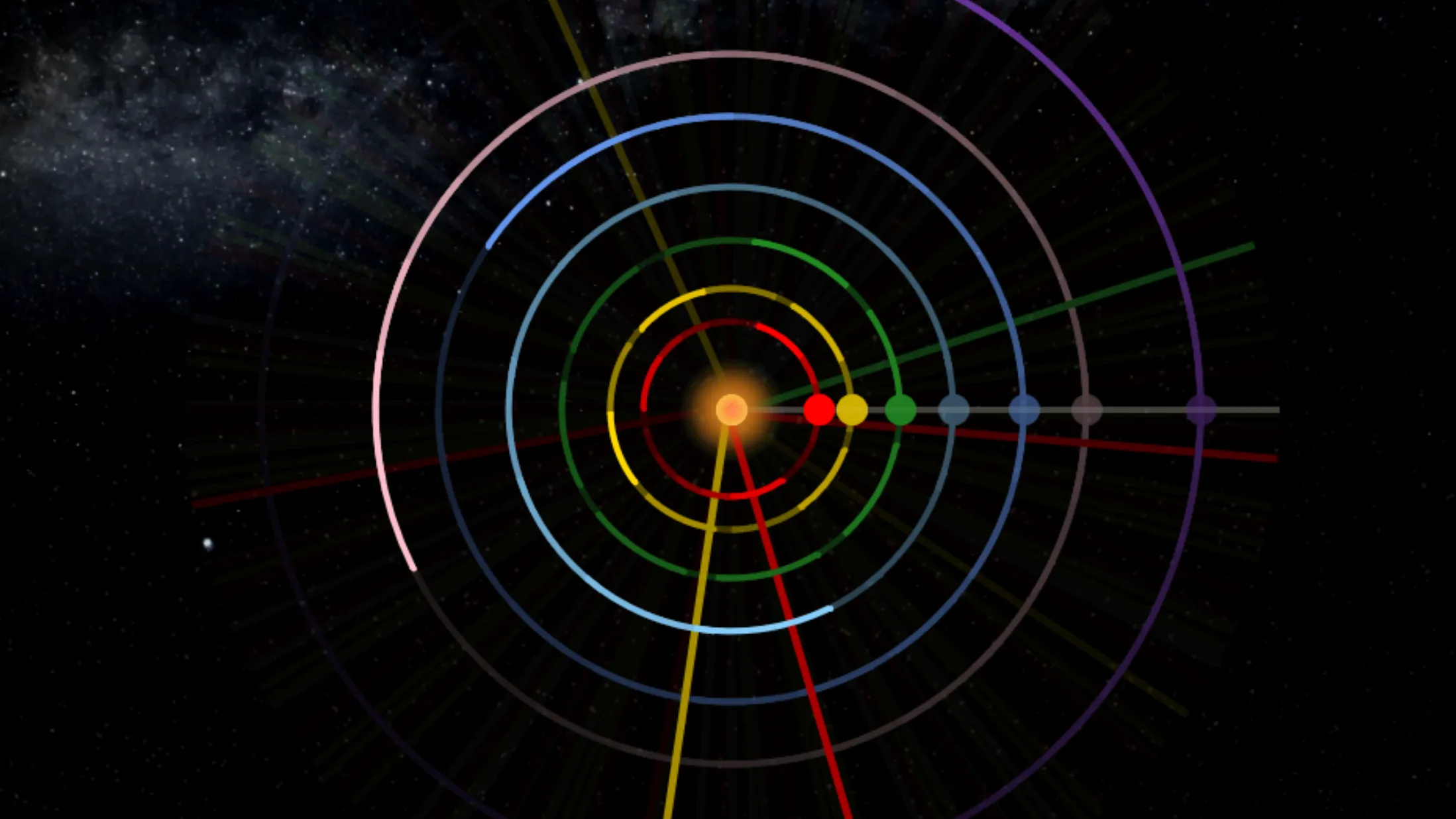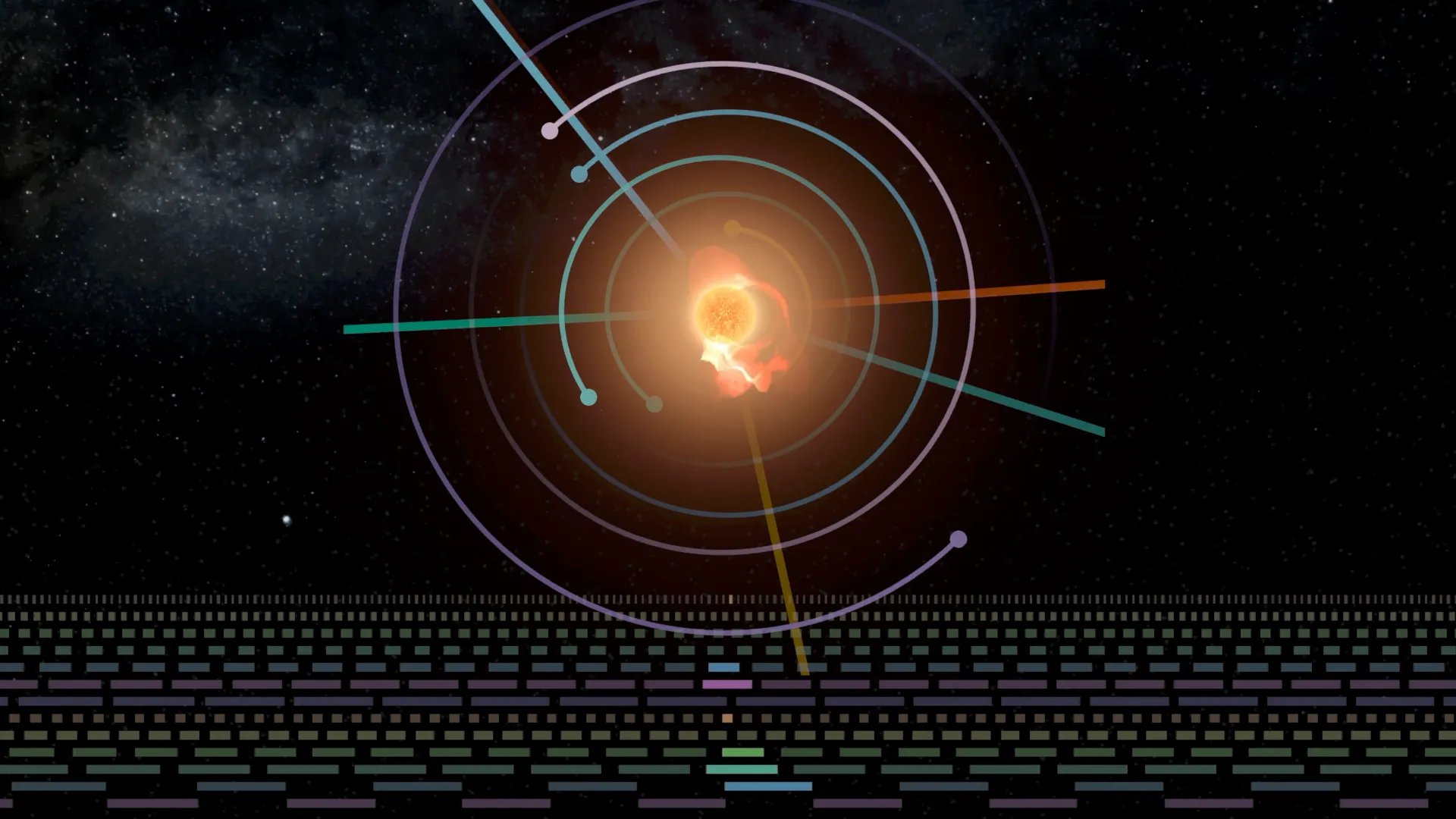Hearing Hubble
We developed an interactive app to let you convert Huble images into sound!
JPL Sonification Wall
We premiered the JPL Sonification wall at NASA's CreateSpace at SXSW in Austin, Texas. Thousands of people were able to explore the ocean's currents and temperature through sound and motion (and even dance). We also had a screening and panel discussion of Listen to the Universe, the NASA documentary on our sonification project with the Chandra X-ray Center.
NEW NASA SONIFICATIONS
We have produced a new set of image sonifications with the Chandra X-ray Center. This includes a symphonic update of one of Chandra’s most iconic images, Cas A.
NASA DOC + 3 NEW SONIFICATIONS
NASA has produced a documentary on our sonification project with the Chandra X-ray Center featuring interviews with Matt, Andrew, Kim Arcand, and Christine Malec. To go along with its release we’ve produced 3 new image sonifications, have a listen!
NEW HUBBLE IMAGE SONIFICATIONS
We’ve sonified images of a 2 pairs of interacting galaxies for NASA – a new image of ARP 140 featuring the contrast of bright young blue stars with old redder ones and a tantalizing duo of spirals known as the Mice galaxies.
COSMIC HARMONIES
Listen to our newest set of image sonifications with the Chandra X-ray Center. This set includes R Aquarii, JWST’s view of Stephan’s quintet, and the striking Sombrero galaxy.
SONIFICATION OF EVERY GRAVITATIONAL WAVE!!
LIGO, VIRGO, and KAGRA have just started observing gravitational waves from merging black holes after a long break. Here’s a sonification of every gravitational wave they’ve detected so far.
SXSW & Record Release!
Great crowd and great questions at our SXSW panel on NASA’s Sounds from a Black Hole! Plus, we released a new record of space sonifications called Universal Harmonies at Waterloo Records. The record is released by Suah Sounds on purple galaxy swirl wax and proceeds go to the Helen Keller foundation.
NASA’S SPACE JAM!
We created a coding activity with NASA’s Chandra X-Ray Center that lets you make music with planets! Millions of students will use it to learn about coding as part of code.org’s Hour of Code. Have fun!
LEARN SONIFICATION!
We’re just released the first set of tutorials on how to convert data into music with python! Part 1 shows you how we created Moon Impacts Converted Into Music and is available on Youtube and Gumroad. You can also read the full article on Medium. Part 2 shows more powerful techniques is only available on Gumroad. Have fun and share what you create with us!
Our Black Hole!
On May 12, astronomers announced the first ever image of Sagittarius A*, the supermassive black hole at the center of our galaxy. We worked with the Chandra X-Ray Centre on 2 different sonificationsto celebrate the achievement and to make the image accessible to people who are blind.
Black Hole Sound Waves in NYT!
In 2003, real sound waves were detected in an image of the Perseus galaxy cluster. At about 56 octaves below middle C, they happen to be the lowest tone ever found. We worked with NASA’s Chandra X-Ray Center to make them audible for the first time. This was featured in the New York Times, almost 5 years to the day we first appeared there with our TRAPPIST-1 sonification. They also created a black hole lesson plan based on our sonification.
HEARTBEAT STARS
Heartbeat stars got their name for a good reason: their light curves look very similar to electrocardiograms. We’ve converted their light into sound so you can hear the heartbeats too.
5000 Exoplanets!
To celebrate the discovery of 5000 exoplanets NASA asked us to create an animation and sonification that lets you see and hear each one.
Sonic Journey Across the Universe
We were selected to create a 30min musical tour of the cosmos for BBC Slow Radio! The show is co-produced with Munck Studios and is composed entirely of sonifications of astronomical data. It airs on Jan. 2 at 11:30pm UK time and is narrated by Gwilym Lee (Bohemian Rhapsody). It is available now as a podcast episode.
Nebula November
We converted 3 stunning images of nebulae into sound for NASA’s Nebula November! They’ve also been sharing some of our older work which is available on Explore – From Space to Sound.
Jingle, Pluck, and Hum
Our 4th set of image sonifications with the Chandra X-Ray Center and NASA’s Universe of Learning was just released and it’s the most ambitious yet! Listen to the Westerlund 2 star forming region and visit Chandra’s site to hear the Tycho Supernova remnant and the M87 Galaxy.
Sonification of the Hubble Ultra Deep Field!
NASA asked us to sonify the iconic Hubble Ultra Deep Field and here it is! You hear a note for every galaxy as you move farther into the image, back in time over 13 billion years. The pitch of the note indicates the colour of the galaxy (redder is lower, bluer is higher) and the volume indicates the apparent size as viewed from Earth. It’s also featured in the latest episode of NASA’s Curious Universe along with more of our work.
Theme song for Curious Universe!
We composed the theme song for Season 3 of NASA’s Curious Universe! The marimba is played by our long-time pal Dan Morphy of the TorQ Percussion Quartet, thanks Dan! Episode 1 also features our sonification of the first 4000 exoplanets and a new sonification will be debuted in an upcoming episode.
New sonifications with NASA/Chandra!
We teamed up with NASA’s Chandra X-ray Center for the 3rd time to translate light from deep field black holes, the Cat’s Eye nebula, and the Whirlpool galaxy into sound.
Matt Featured by VICE News!
VICE News produced an excellent video feature on Matt and his approach to to sonifying solar systems. Don’t miss the accompanying article by Becky Ferreira!
New Cosmic Triad of Sound
We worked with NASA’s Chandra X-ray Center to convert iconic images of the Bullet Cluster, the Crab Nebula, and supernova SN1987A into sound.
Universe Unplugged Live Chat
Check out Matt as a guest alongside Kim Arcand (Chandra X-Ray Center) and host Phil Lamarr for Universe Unplugged. We talked about sonifying astronomical data and debut a new sonification of an image chosen by a viewer.
Sounds from Around the Milky Way
We worked with NASA and the Chandra X-Ray Center to listen to light received from the centre of our galaxy, a supernova remnant, and the iconic Pillars of Creation.
My Starry Night
See and hear the stars that were visible on your special night at mystarrynight.com. Create your own personalized video of the stars gliding overhead any place on any date with unique music generated by the stars themselves.
NASA’s View of Earth
To celebrate the 50th anniversary of Earth Day, NASA asked us to convert their enormous collection of Earth science missions into sound.
Calm
Download Calm, the world’s #1 app for meditation and sleep, to hear our new Song of the Night Sky! Experience the celestial sphere with eyes closed as you drift off to sleep.
SONIC ORBITER
Our interactive art-science exhibit is now on display at the Ontario Science Centre. The Sonic Orbiter lets you create music by steering an orbiter over thousands of the Moon’s craters. Flying over a crater produces a note depending on its size, generating endless melodies on an infinite orbit.
4000 EXOPLANETS!
We’ve mapped the 4000 known exoplanets and converted their discoveries into music. This was featured as NASA’s Astronomy Picture of the Day on July 10, 2019 and has been viewed by over 1 million people on Youtube and Instagram!
APOLLO PROGRAM
To celebrate the 50th anniversary of the first Moon landing, NASA asked us to convey the legacy of the Apollo program through sound.
HUBBLE IMAGE CONVERTED TO SOUND
We worked with NASA to convert a stunning image of a massive galaxy cluster into sound. Time flows from left to right and the frequency of sound changes from bottom to top. Listen to hundreds of compact elliptical galaxies, many elongated spiral galaxies, and a few foreground stars.
MOON IMPACTS
New research has been able to date the larger craters on the Moon and found that the Moon was pelted more often by asteroids starting about 290 million years ago. Listen to all 111 of these impacts as music, 1 billion years in 1 minute, or to the Moon’s surface elevation converted to a sound wave.
K2-138
A 6th planet was just discovered orbiting in the supremely musical K2-138 system! Listen to the planets’ heavenly harmony as their orbits slowly relax from their initial tuning.
K2-187
A new batch of 100 newly confirmed exponents were just announced and we worked with the paper’s author to hear the mysterious music of the most interesting new solar system: K2-187!
Matt on TED.com
Matt’s talk has now reached over 1.5 million views and is translated into 18 languages on TED.com!
One Sky – Nuit Blanche Toronto
On September 29, 2018 we premiered our new planetarium show One Sky at Nuit Blanche Toronto. We partnered with the Dunlap Institute for Astronomy and Astrophysics to create a raised outdoor planetarium dome that let over 4500 people see the entire night sky projected above as thousands of visible stars were converted into music.
Matt Russo – His Musical Universe
Matt was featured as part of the #ThisIsUofT series. Learn the story behind the space music and see some exclusive footage of RVNNERS workshopping songs for their upcoming EP!
Black Widow Pulsar
Listen to the sound of the Black Widow Pulsar as it destroys its mate! The pulsar’s 622Hz period produces an Eb note and the flickers are caused by the radio beam passing through the brown dwarf’s tail which acts like a magnifying glass. All sounds in these videos are created with data of the pulsar’s radio emission. In addition to the direct sonification of the radio waves, the percussion is triggered by the magnification events and all the pitched sounds are the pulsar’s (unmagnified) signal shifted to different notes. Is the unlucky brown dwarf trying to signal SOS?
Flaring Blazar (NASA)
We recently worked with NASA to convert the gamma rays of a famous flaring blazar into sound. Higher energy rays are represented as higher pitched notes and visualized with larger circles. On July 12, 2018, astronomers announced the detection of a high-energy neutrino created by this blazar during the flaring event heard in the video. This is the first time we’ve been able to discover the source of high-energy neutrinos coming from outside our galaxy!
Jupiter’s Moons
Watch Jupiter’s moons create mind-bending geometric patterns as their rhythms are sped up to become musical harmony!
Saturn Harp
You can now use the Cassini spacecraft to strum Saturn’s rings like a harp! Each of the 2 million pixels of the highest resolution colour image ever taken of any part of the rings is converted to a note based on its brightness. Go on, help Cassini relive its final days with one last song. Astronomy Picture of the Day This app was the Astronomy Picture of the Day for April 24, 2018!
True Love Waits
Sounds like our solar system is a big Radiohead fan! We’ve converted the motion of the terrestrial planets into music and it appears that they’re playing True Love Waits, Radiohead’s saddest song. The asteroid belt provides the required bass notes and vocals by Thom Gill complete this gloomy cosmic dance.
Our Musical Universe
We have developed a sound-based planetarium show Our Musical Universe which takes people on an audio and visual tour of the cosmos from the night sky all the way out to the edge of the observable universe. It premiered at the Dunlap Institute for Astronomy and Astrophysics’ planetarium at the University of Toronto. The artwork features “Myth” by Robyn Rennie, who painted it after experiencing an advanced showing.
Dan Tepfer Plays TRAPPIST-1
One of the world’s most adventurous musicians plays, and plays with, one the galaxy’s most enchanting planetary systems. Dan Tepfer uses a Yamaha Disklavier in conjunction with his own looping software to record and play back the pitches and rhythms of the TRAPPIST-1 planets. These notes result from bringing the planets’ actual orbital frequencies into the human hearing range. Dan then uses this planetary harmony to launch into his own improvised exploration. Visit dantepfer.com for more.
Pleiades Hip Hop
The most famous star cluster in the night sky has released its first hip hop track. Recent measurements of the brightness variations of the Pleiades have shown that these stars pulsate in complex and harmonic ways. We have converted their light curves into sound waves to create an interstellar loop. The ghostly sound that sweeps through is a sonification of the image of the Pleiades and its dramatic reflection nebula.
Music of the Spheres
The harmonic series forms the basis of musical harmony and rhythm and now you can hear it played by a hypothetical planetary system!
Saturn's B Ring
The complex structures revealed in the highest resolution image of Saturn's rings ever taken are converted into music.
Saturn's Soundwaves
Spiral density waves in Saturn’s rings are converted into sound waves. These waves are created by resonances with two of Saturn’s moons, Janus and Epimetheus, who are locked in an interesting dance.
The Story of TRAPPIST-1
A new, fully narrated video that explains the marvellous music of TRAPPIST-1 and how it keeps the system from destroying itself.
Saturn's Resonances
Saturn's mooms Janus and Epimetheus create beautiful waves at resonant location within the rings. Listen to the scale these resonances play when their orbital frequencies are converted to audible frequencies.
Saturn's Moons and Rings
Listen to the dance of Saturn's moons, the resonant gaps of the ring system, and the planet itself ringing like a bell.
Play Trappist-1
You can now play the music of the TRAPPIST-1 system any way you want by simply pressing buttons in our new web application. Click the image to begin creating your own space music and record a screen capture to share your work. We’d love to hear it!
Trappist-1: Thought Cafe
A new feature on our sonificatoin of TRAPPIST-1 by the amazing Thought Cafe. They’ve created a beautiful video that explains the science behind the music.
Trappist-1
Our first sonification. Listen to the real rhythms and harmonies of TRAPPIST-1, the most musical solar system ever found.
